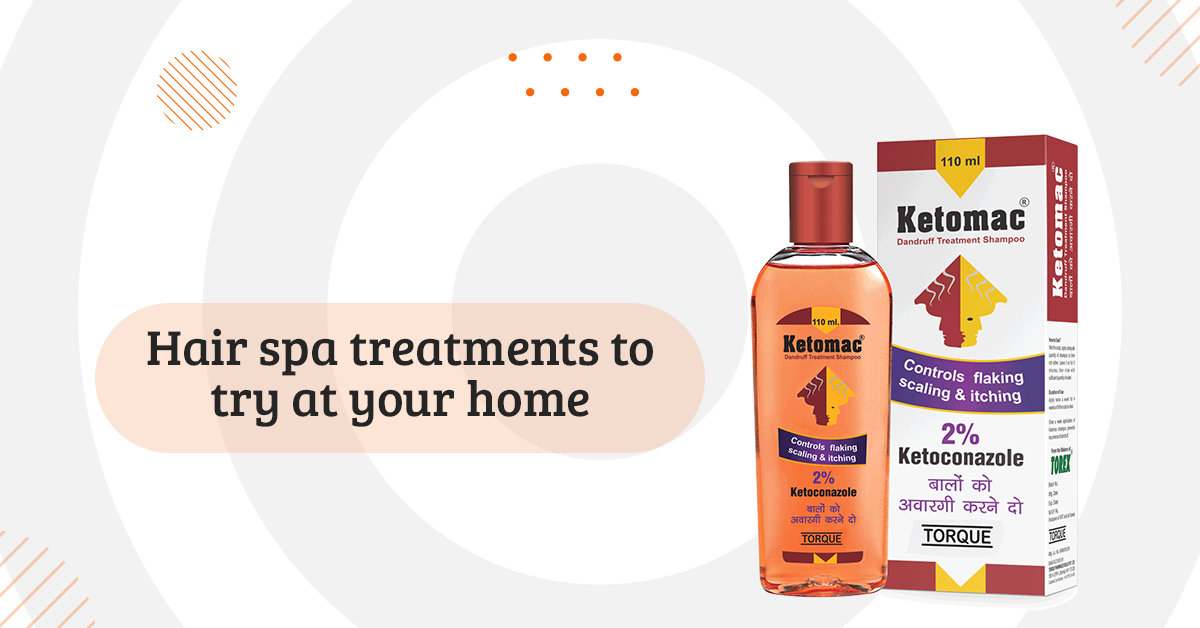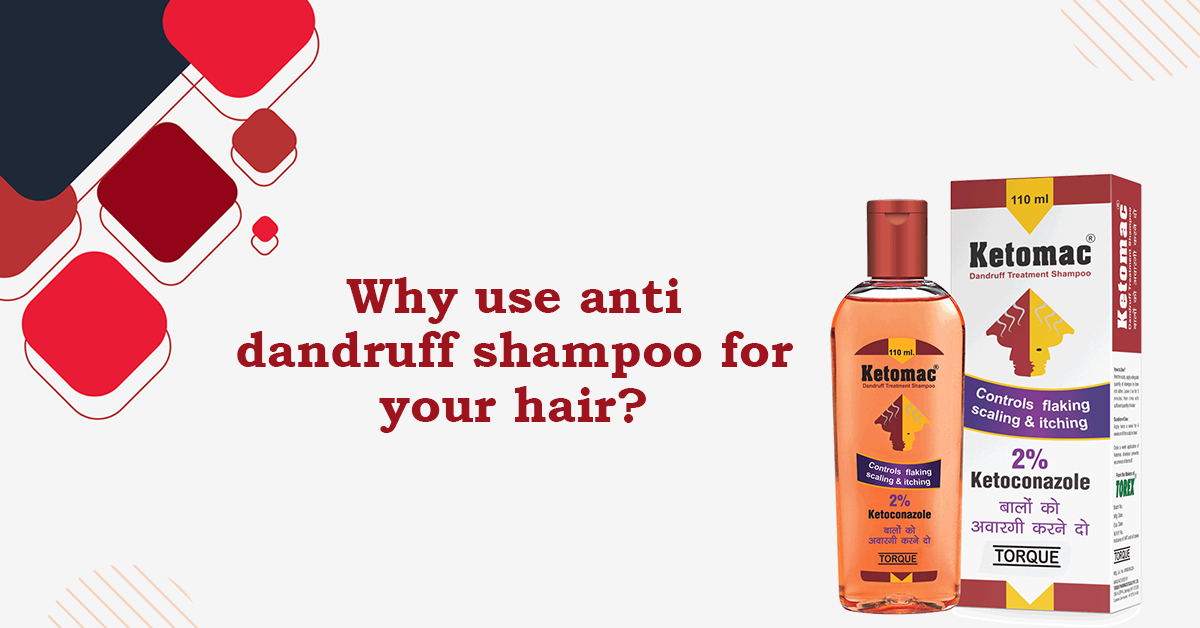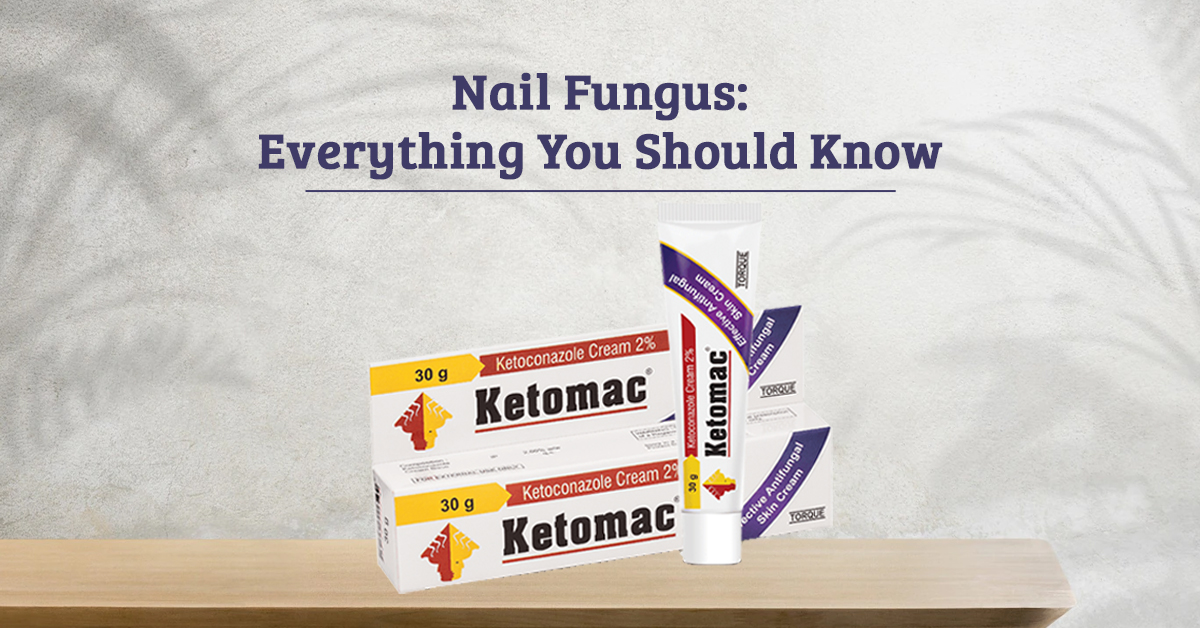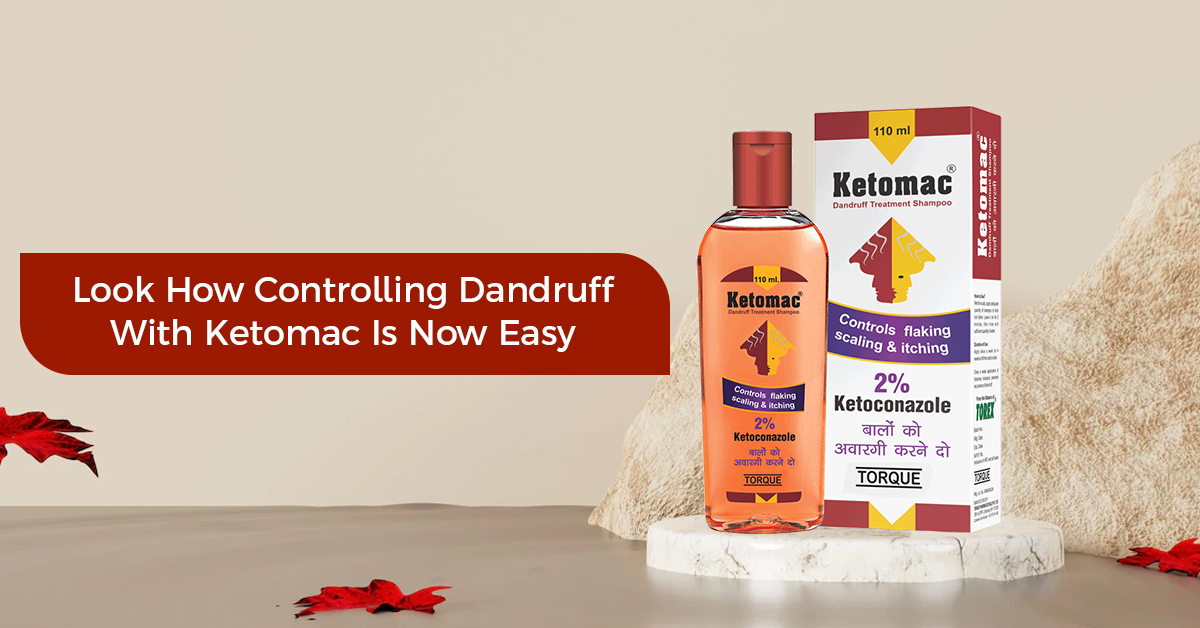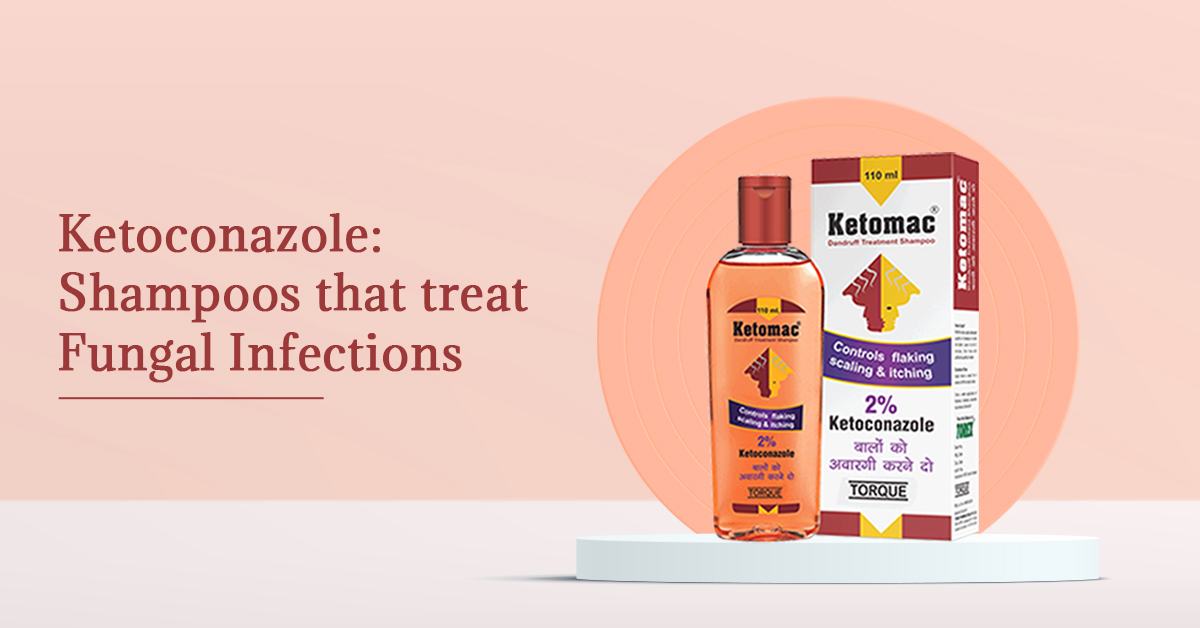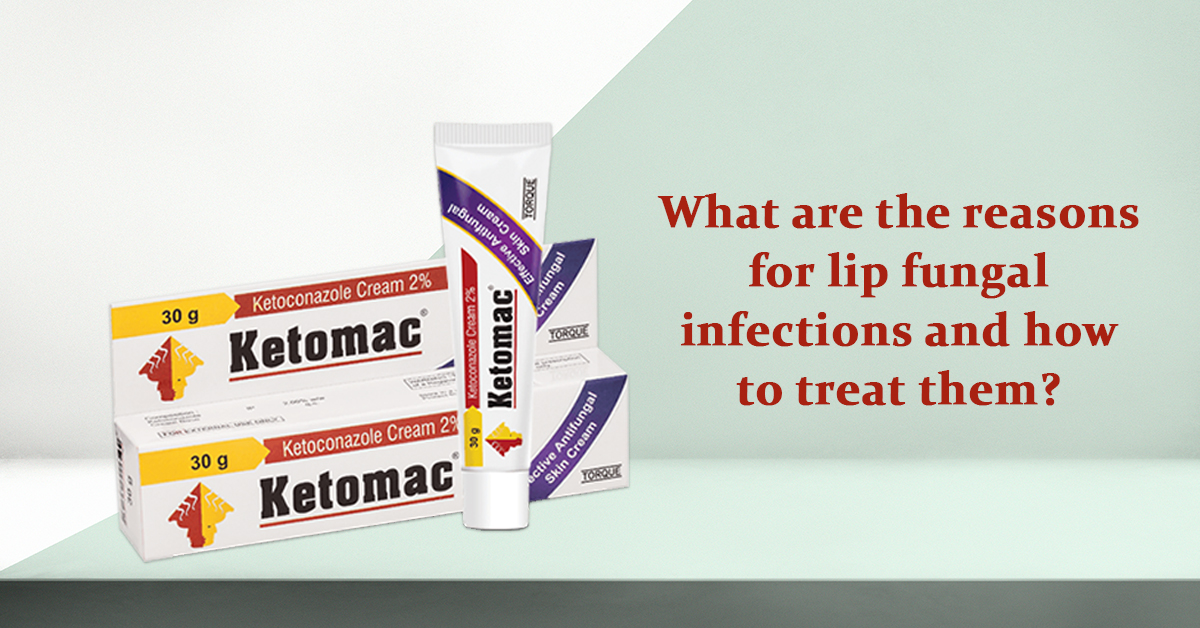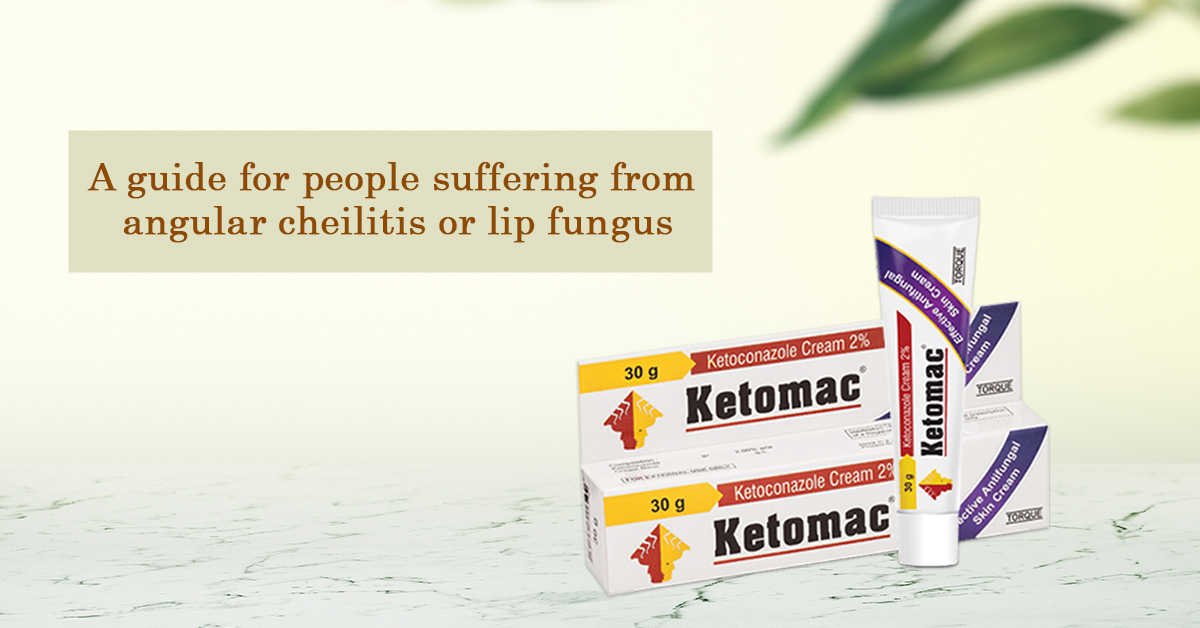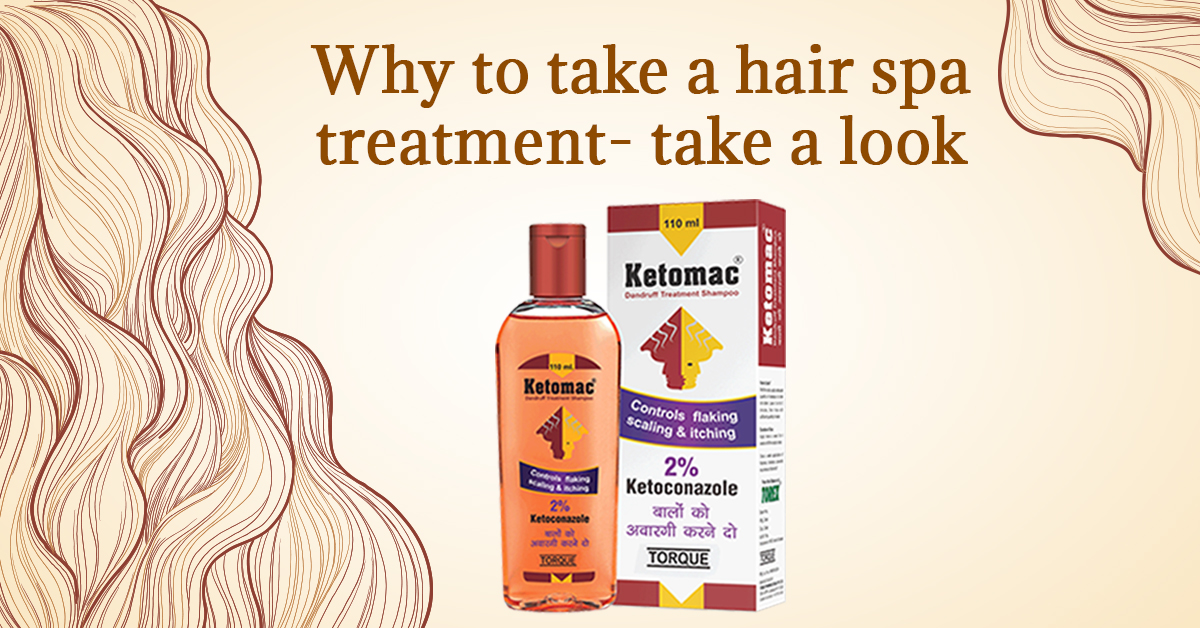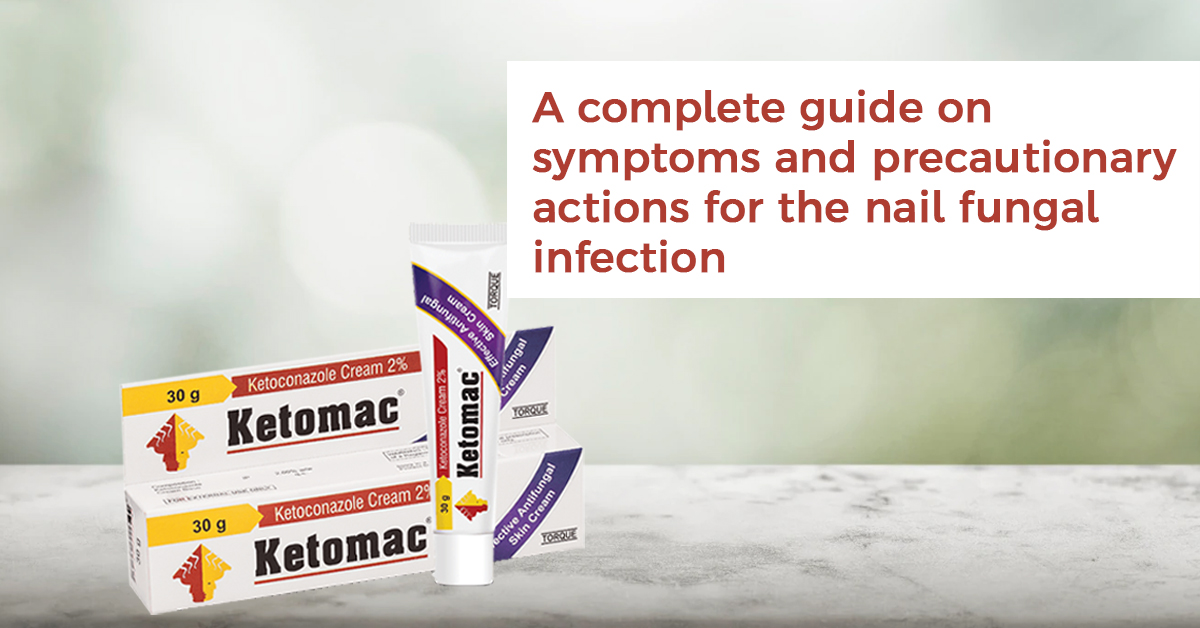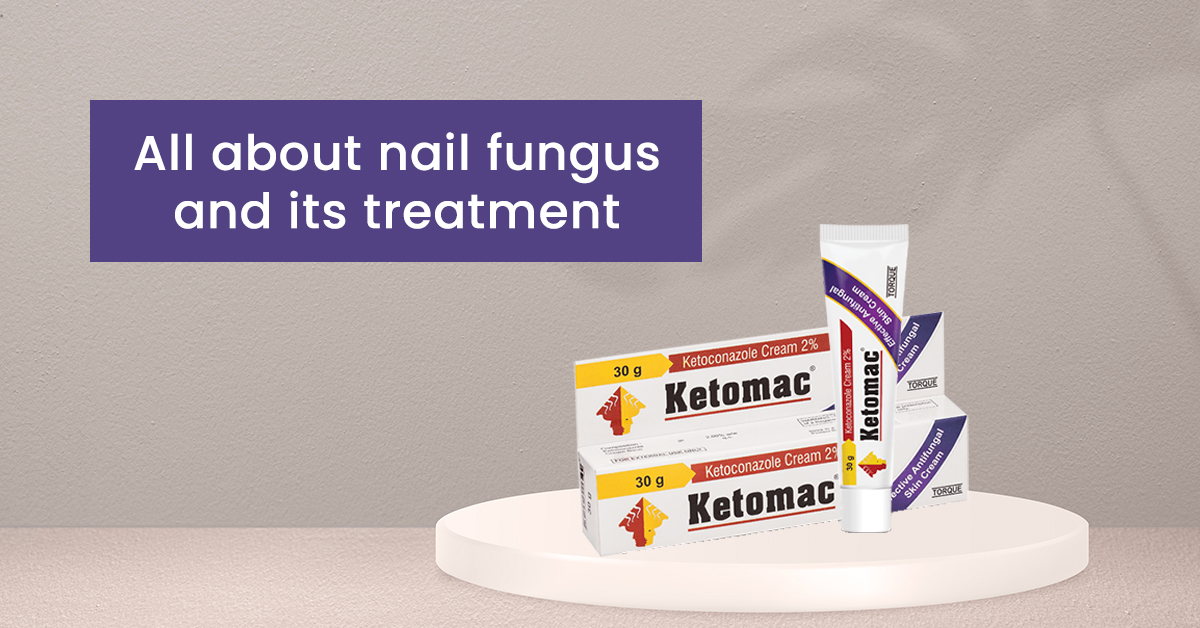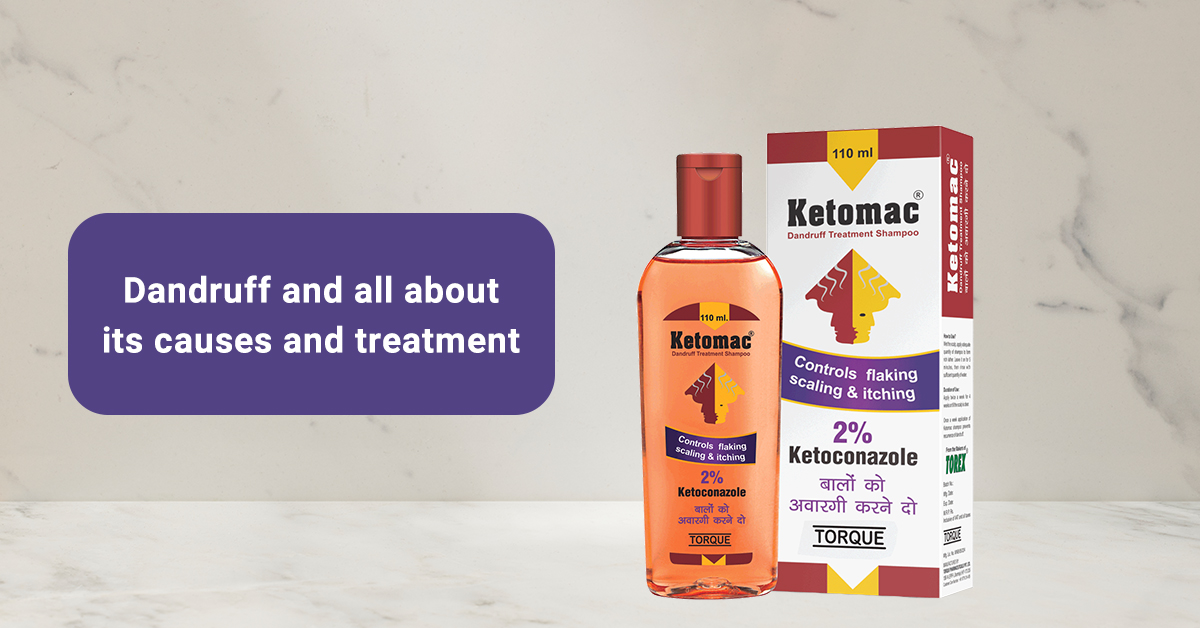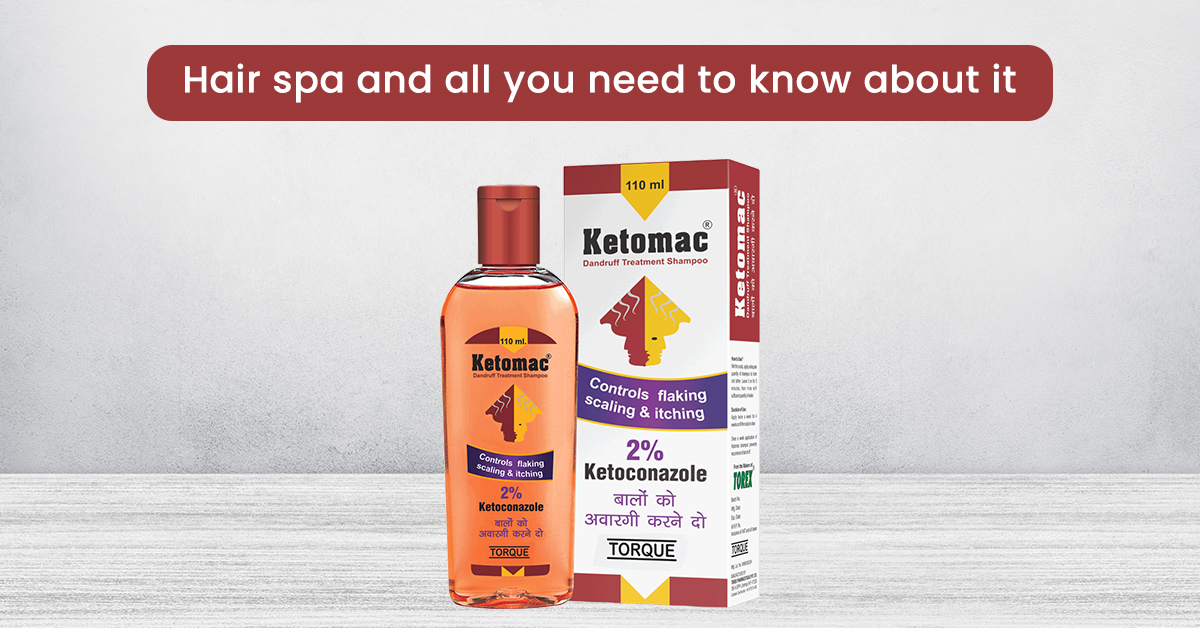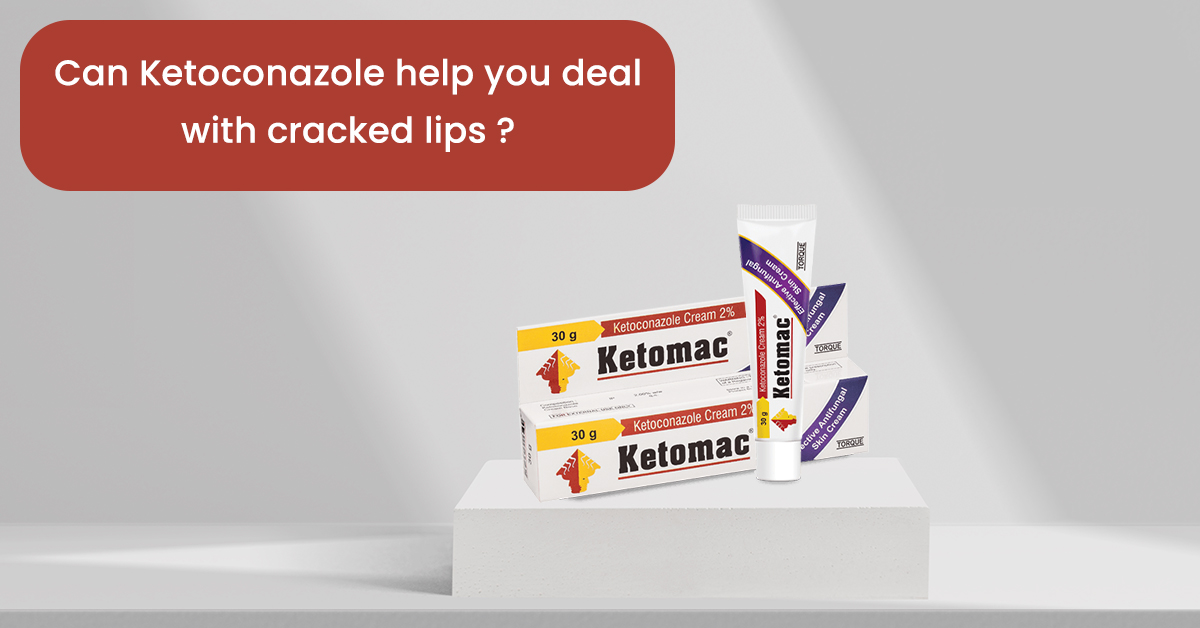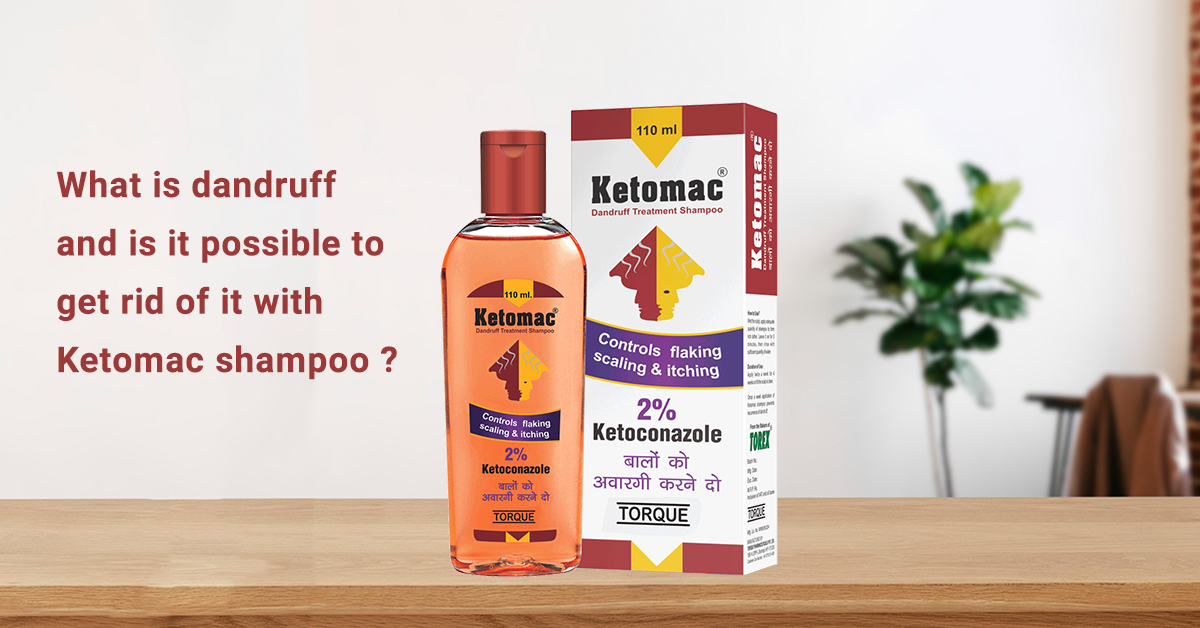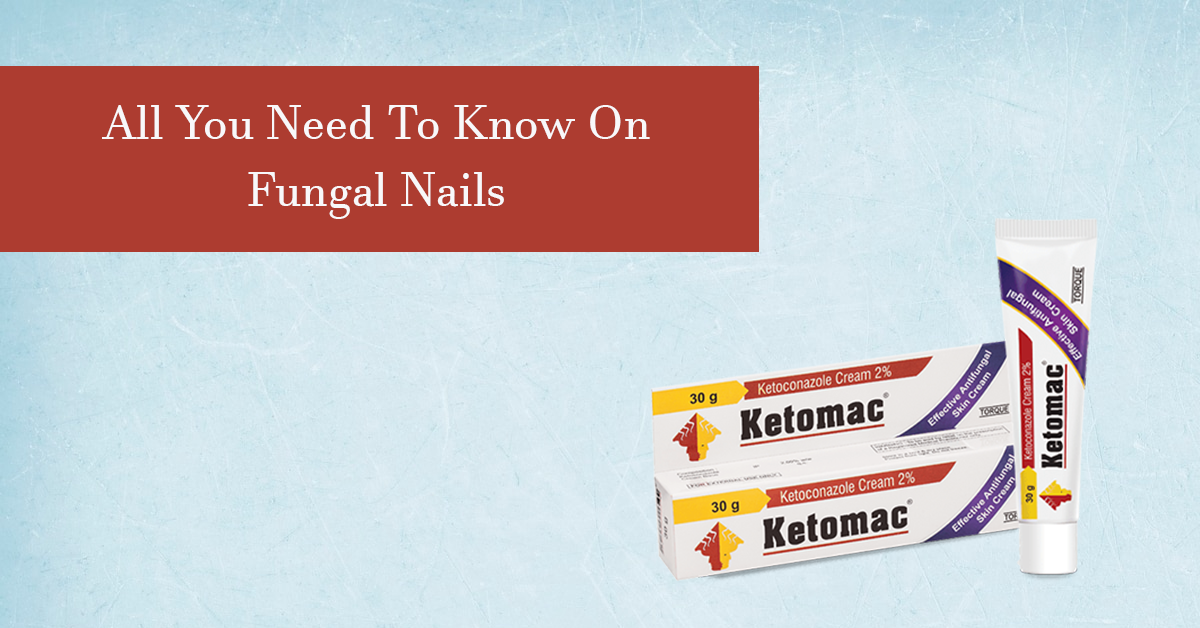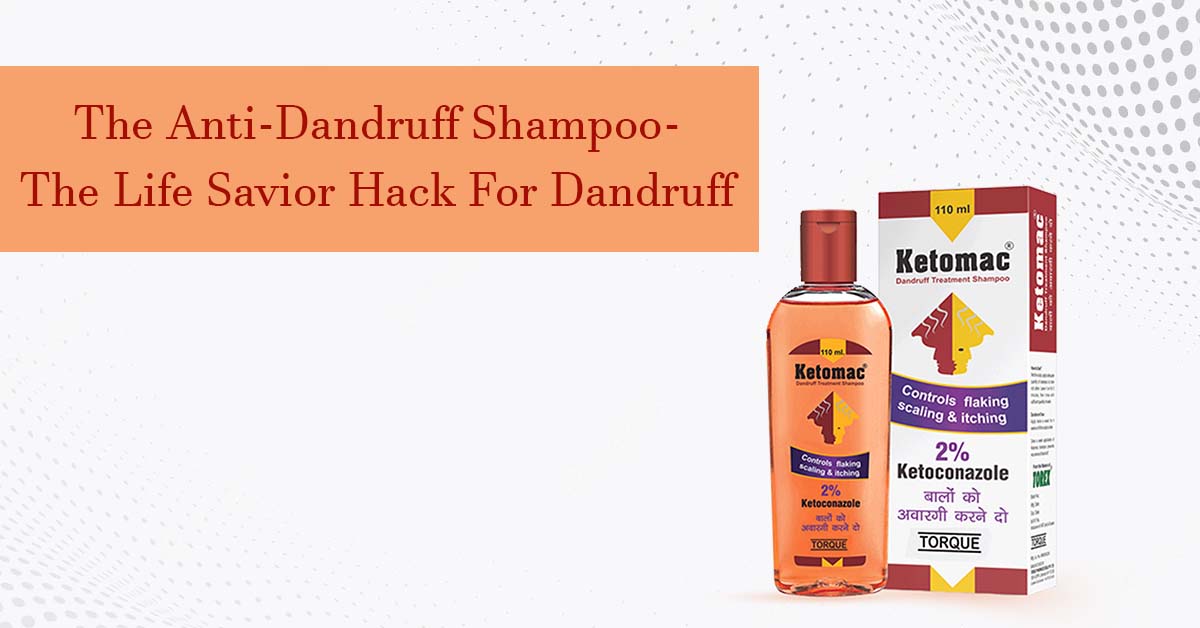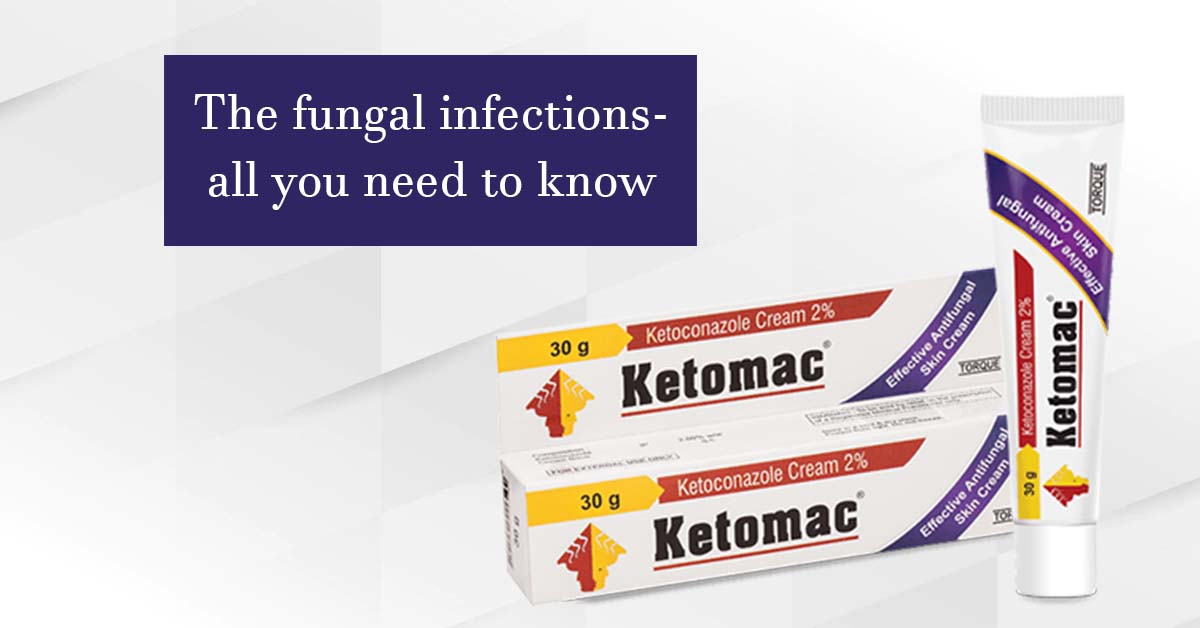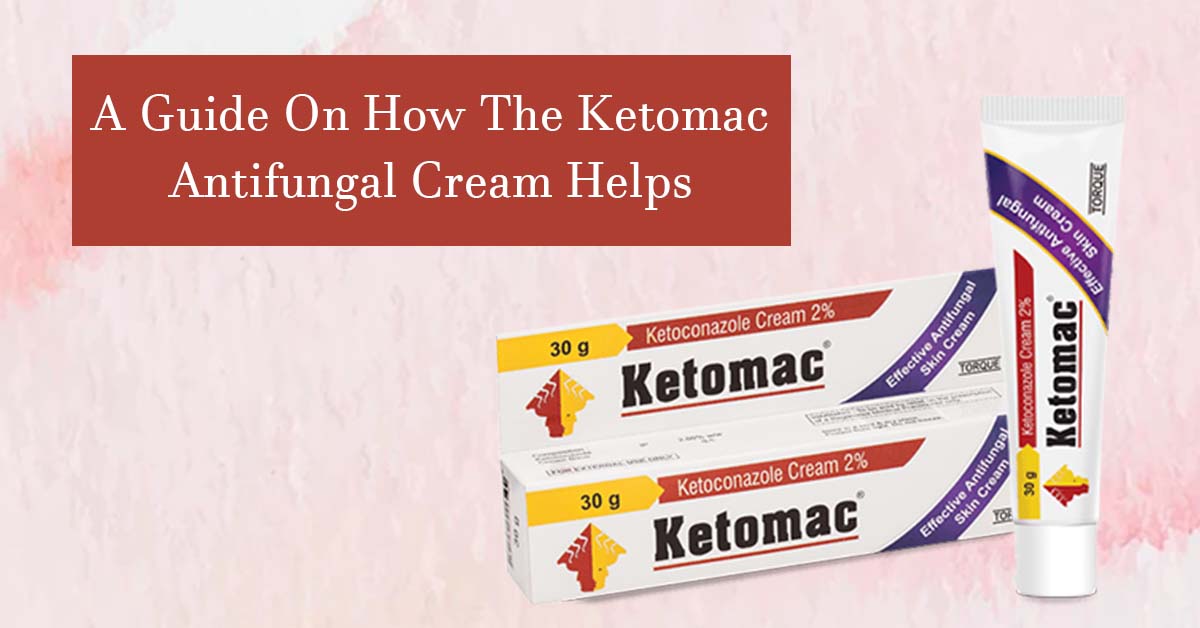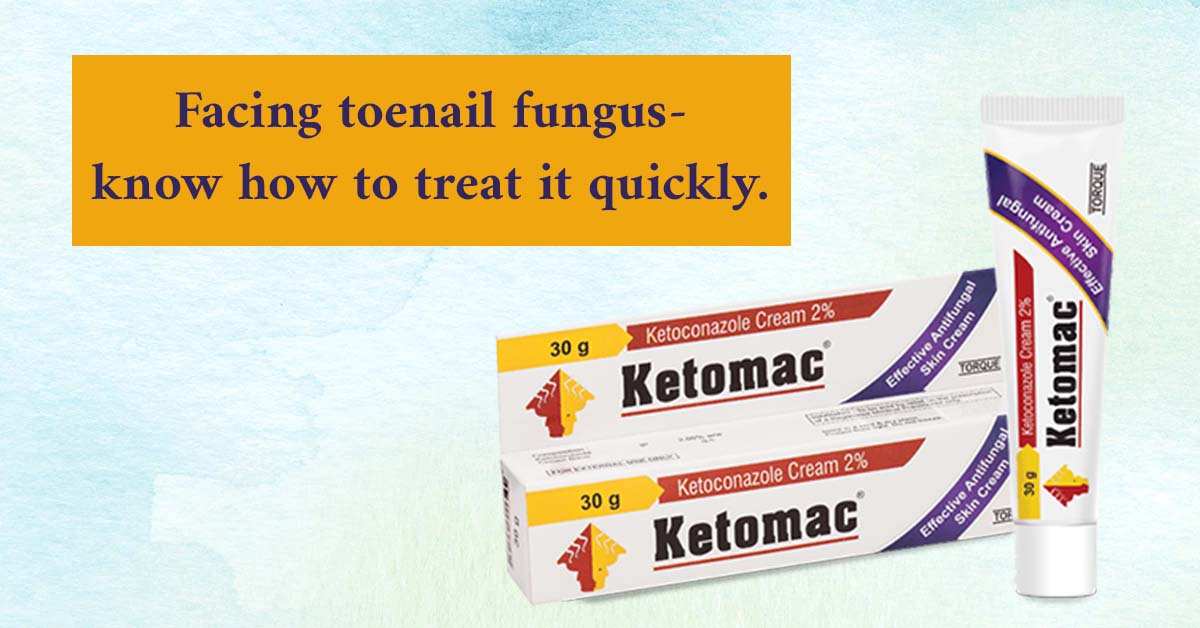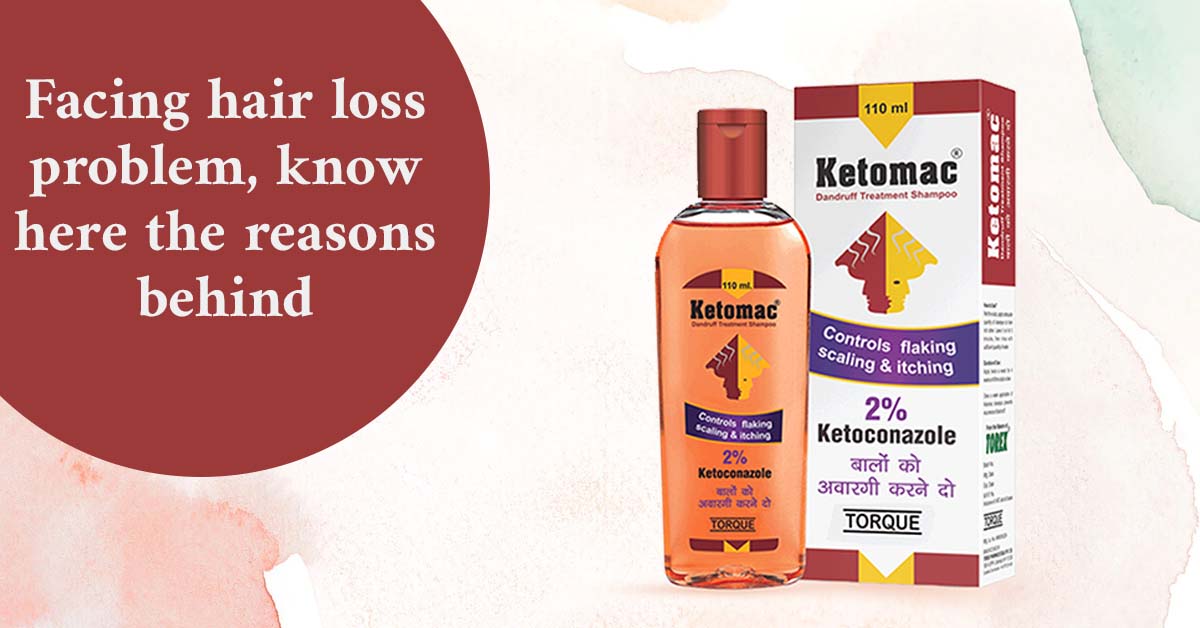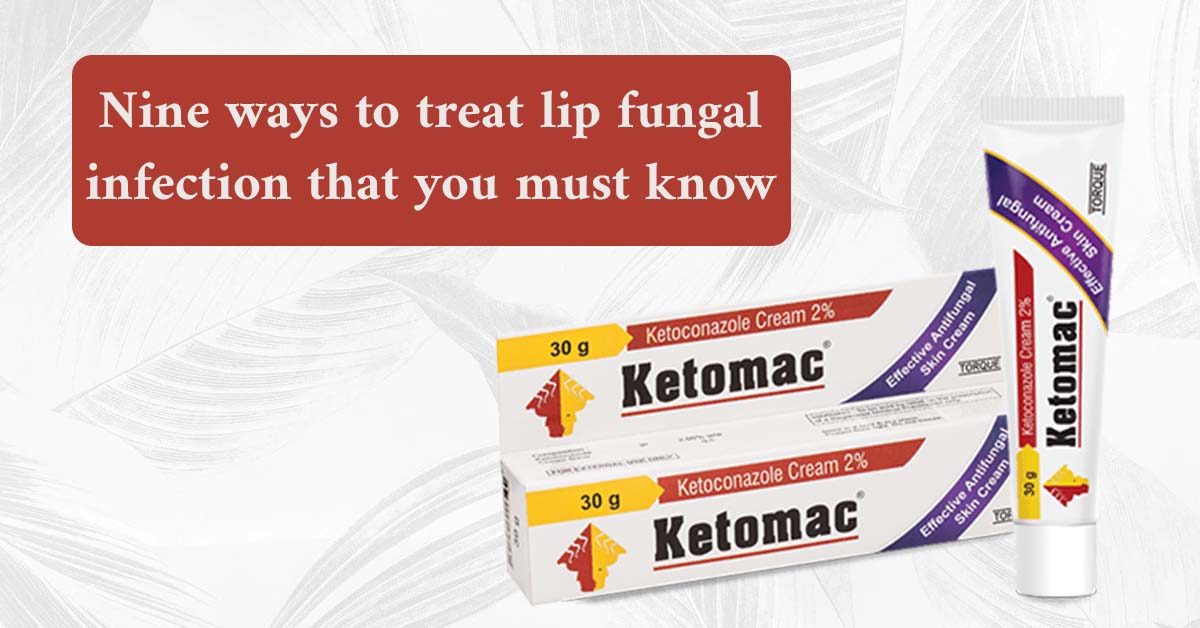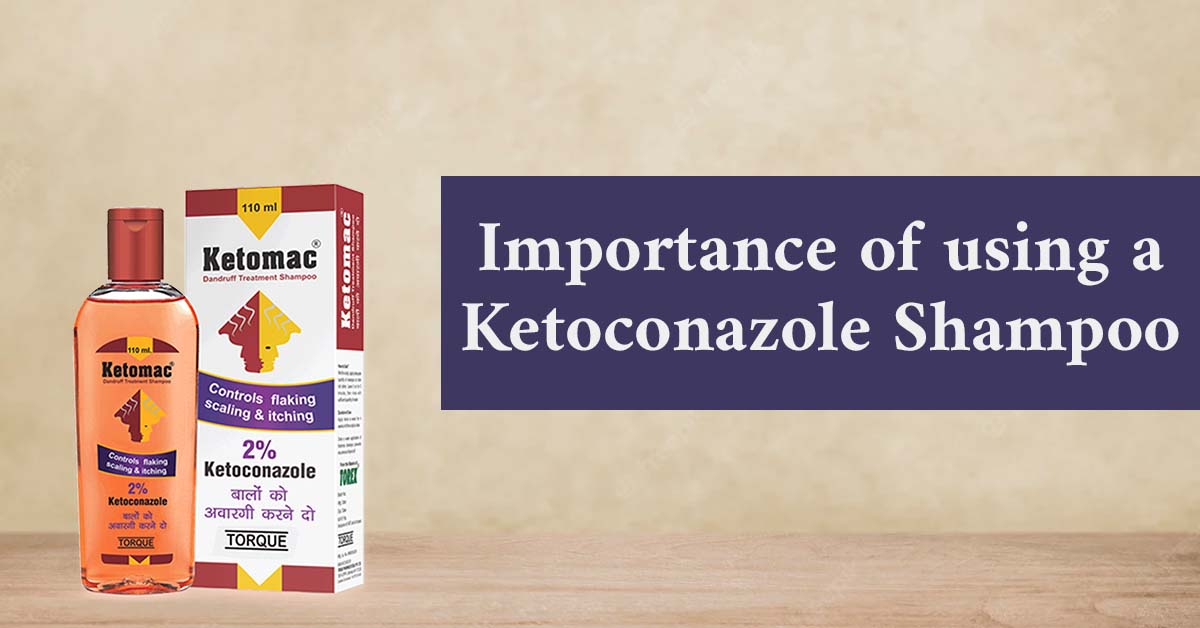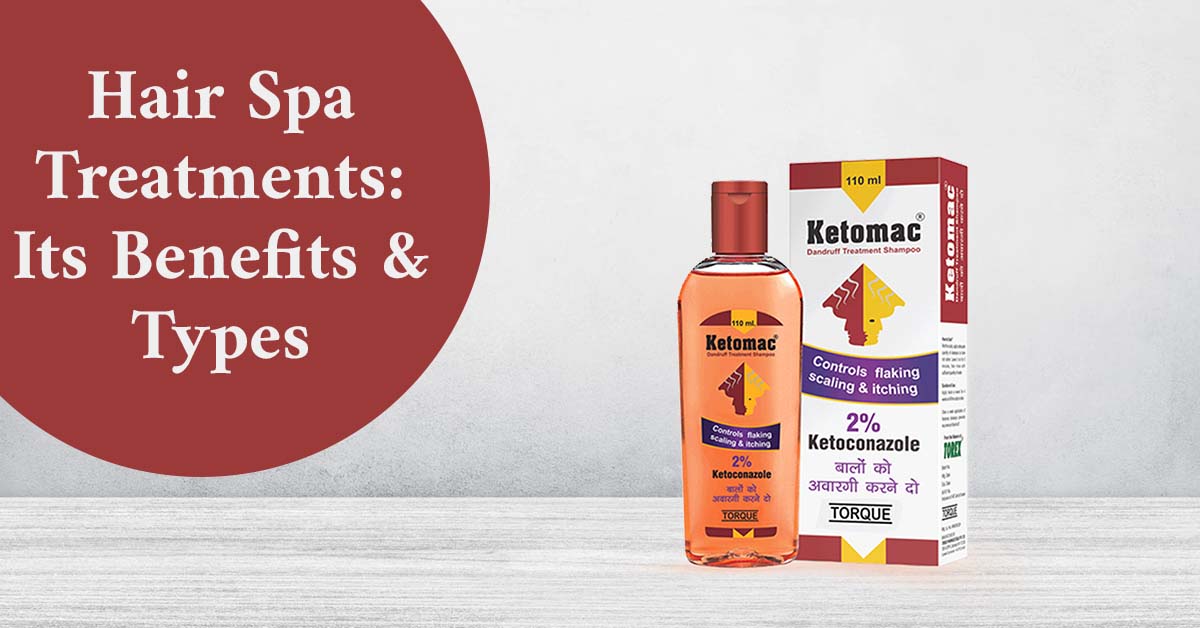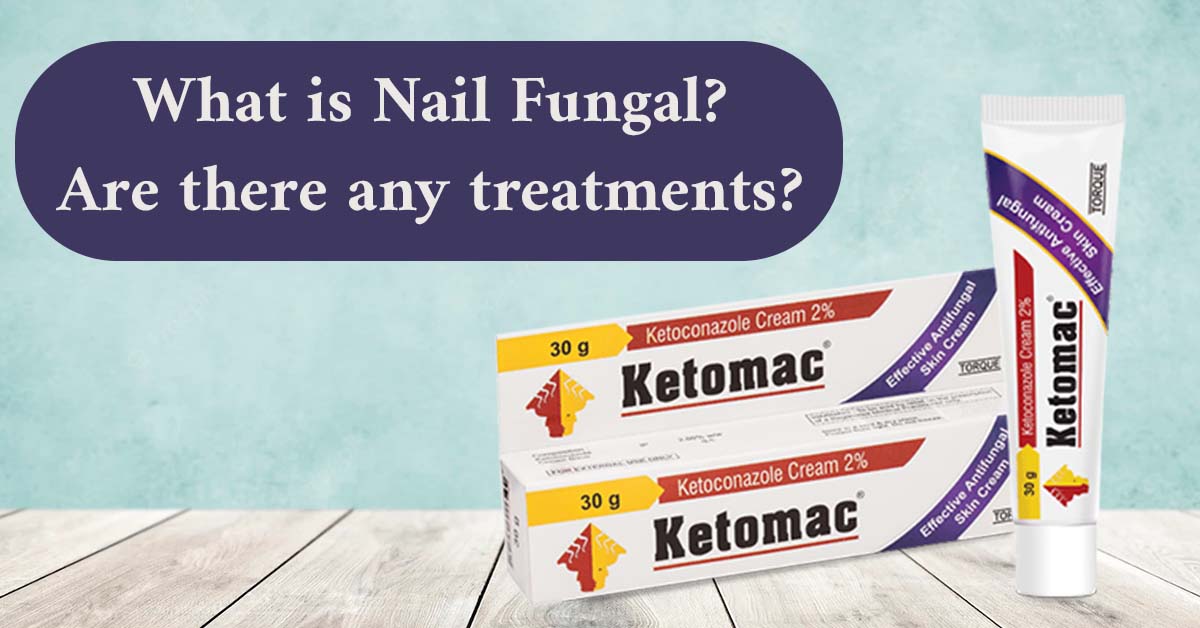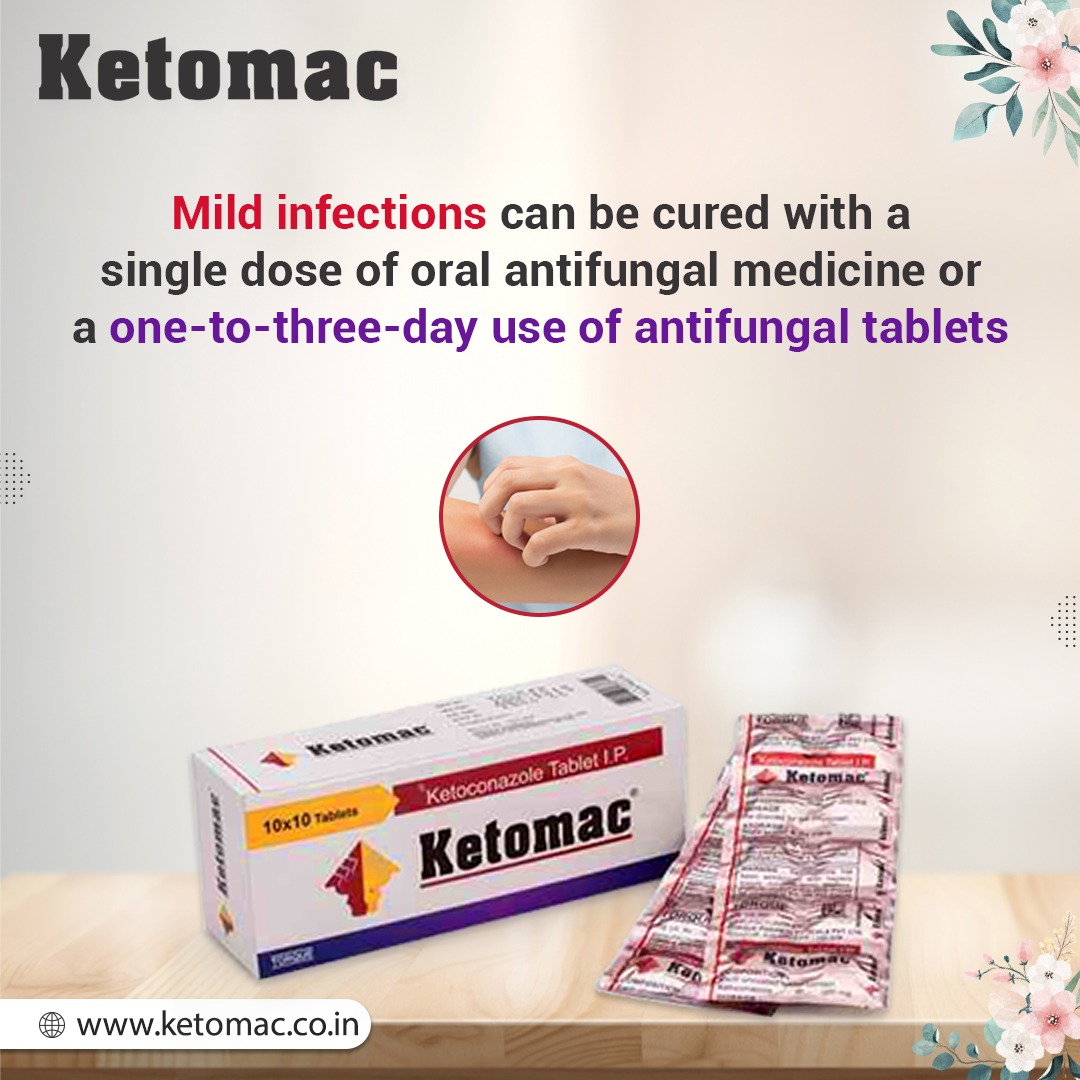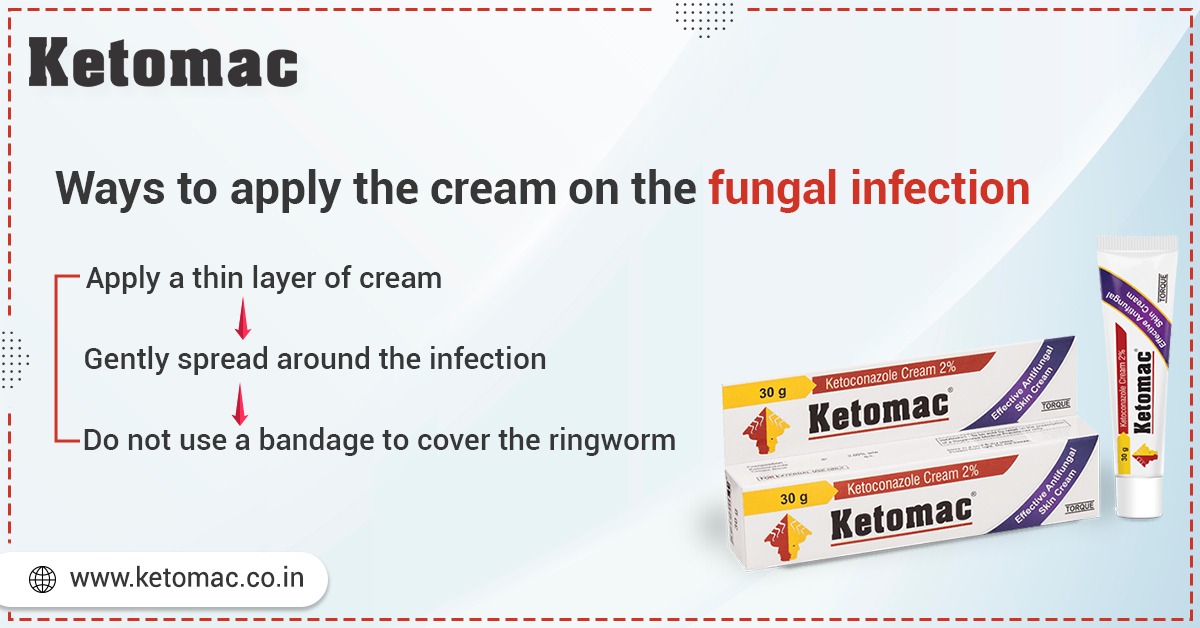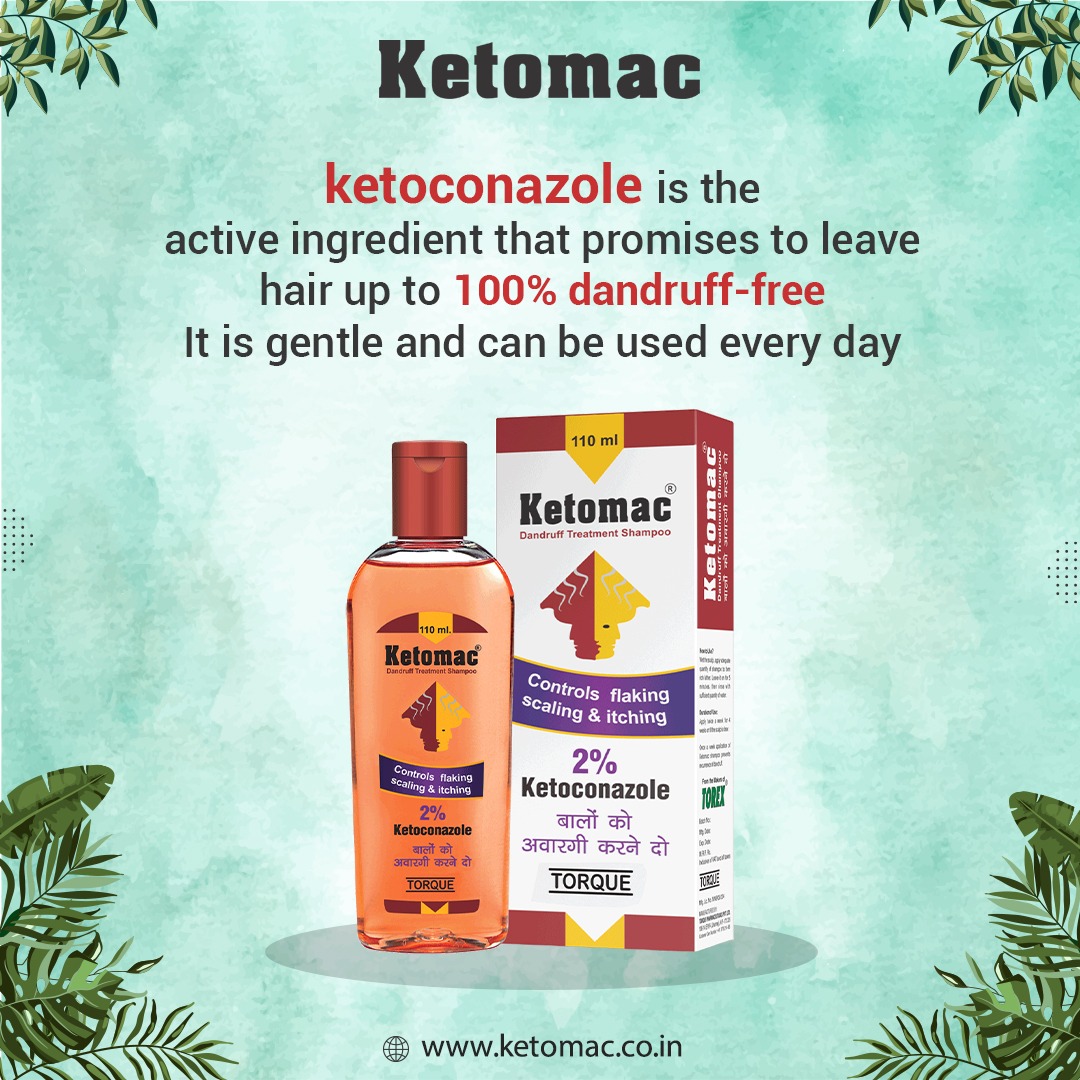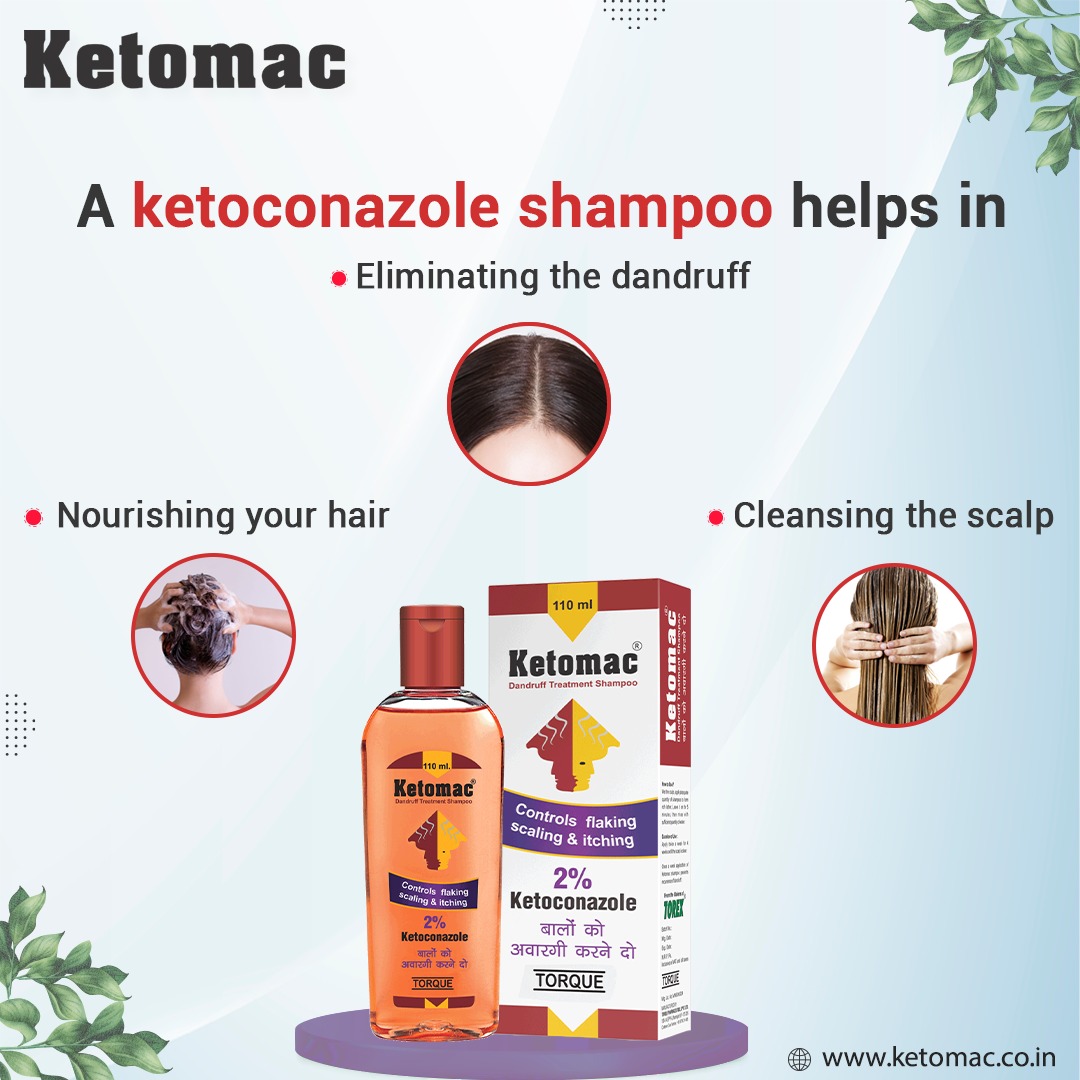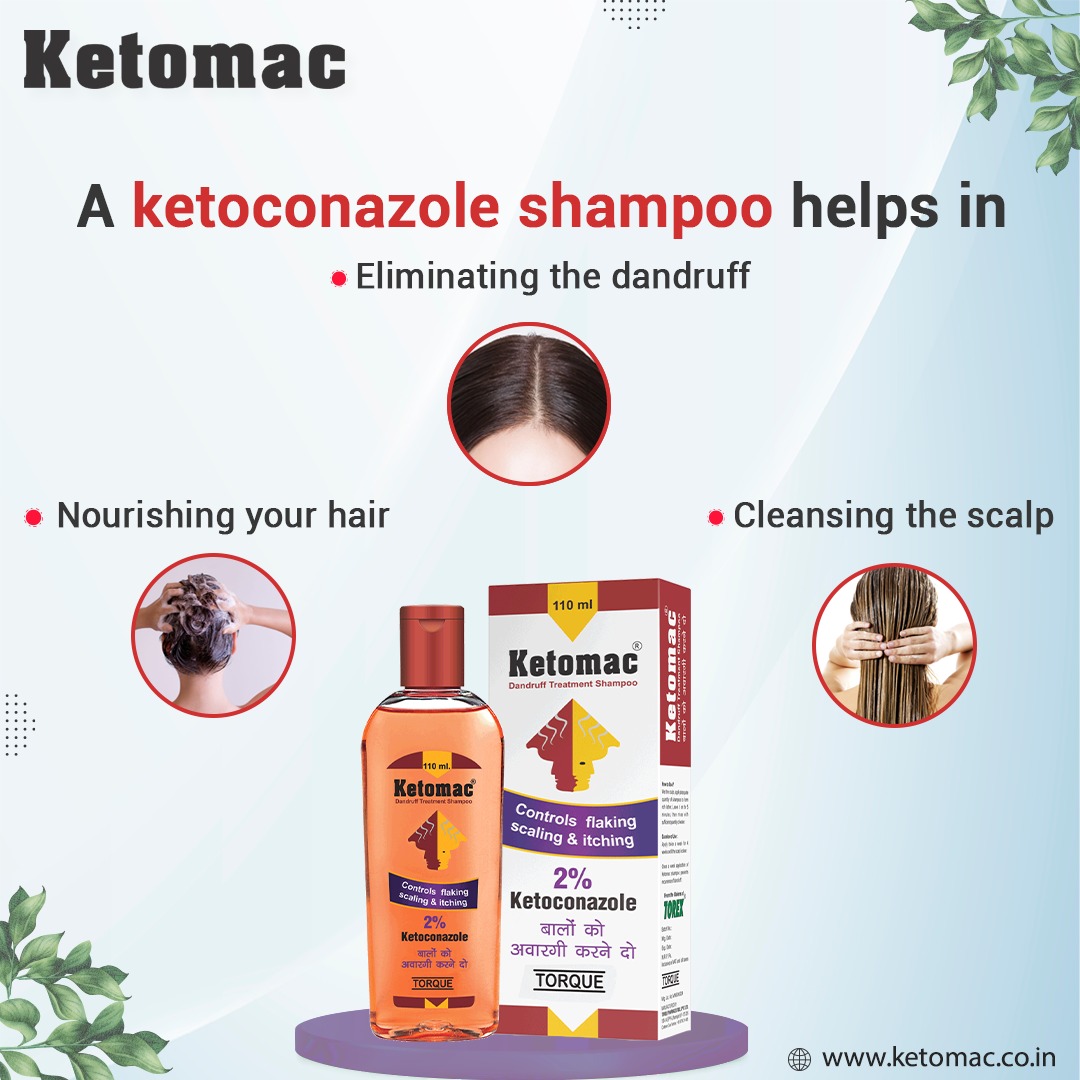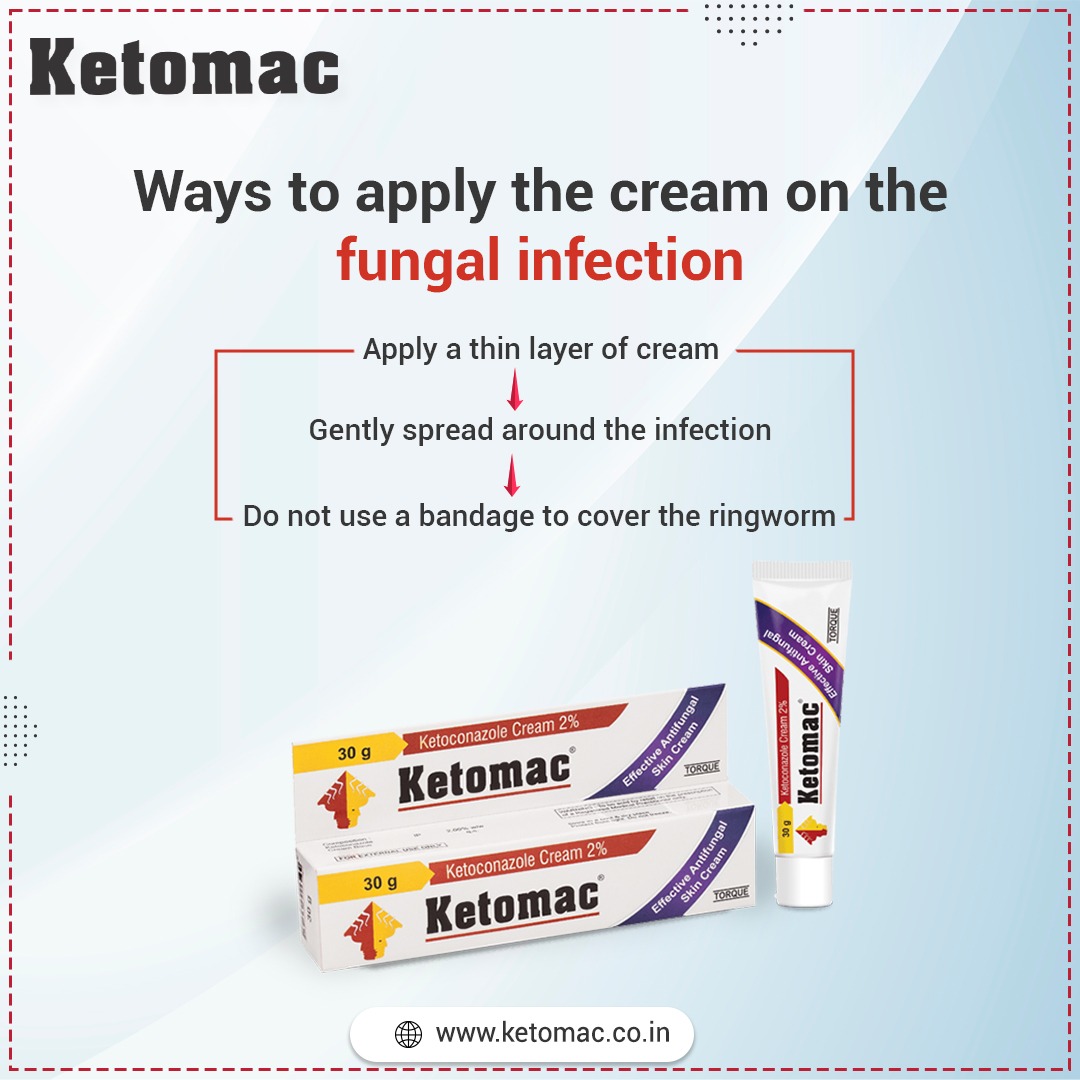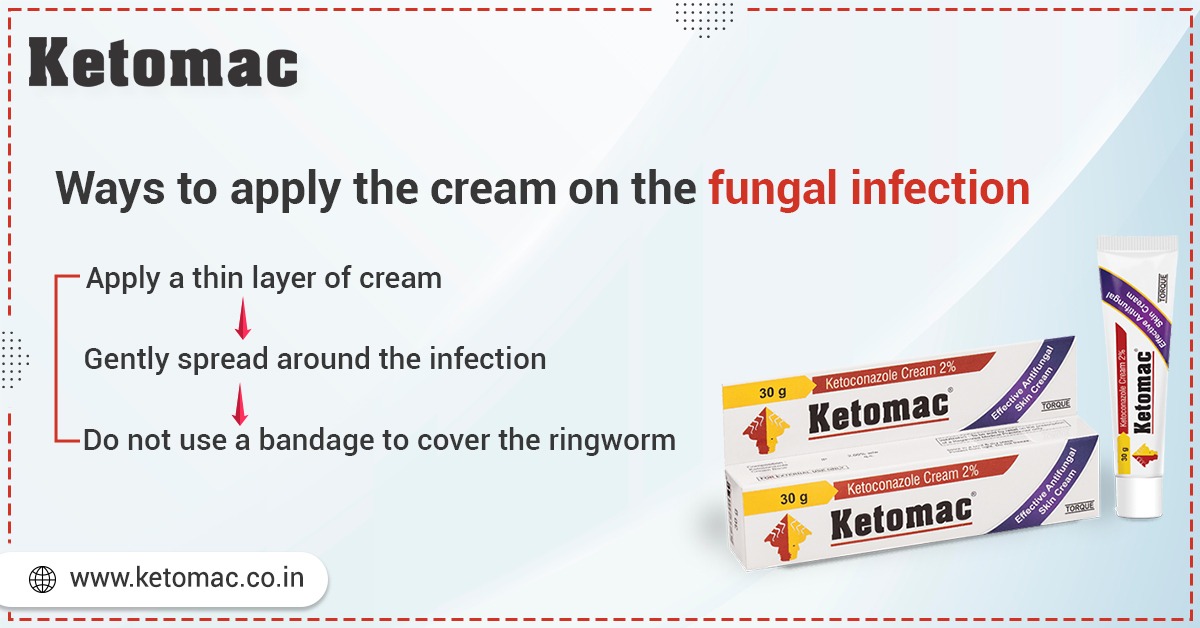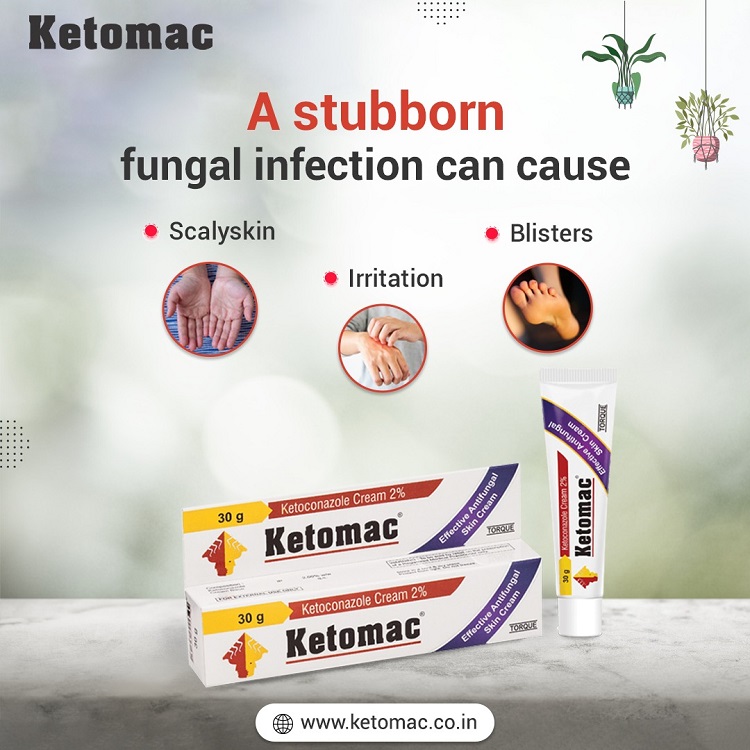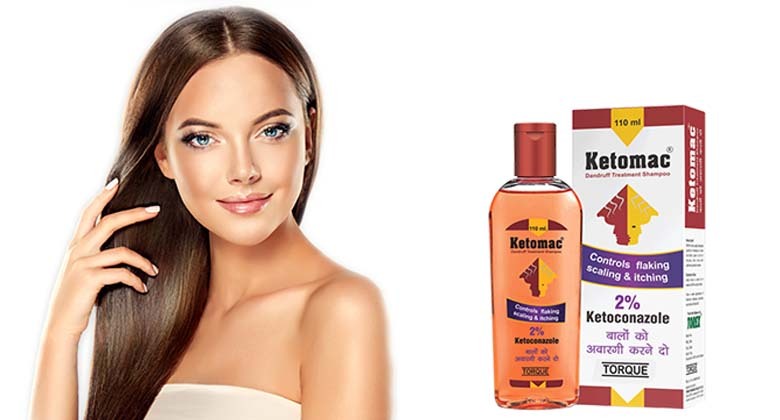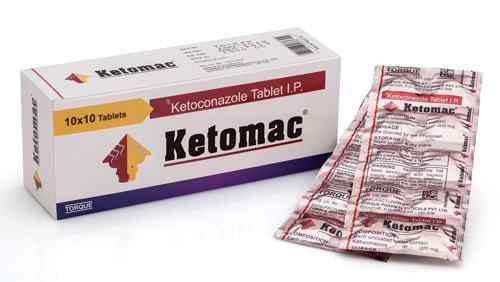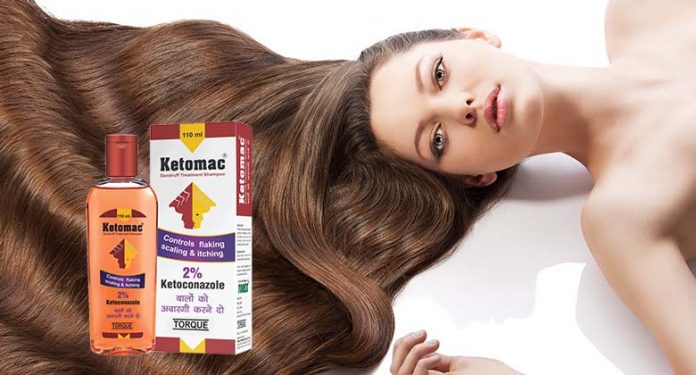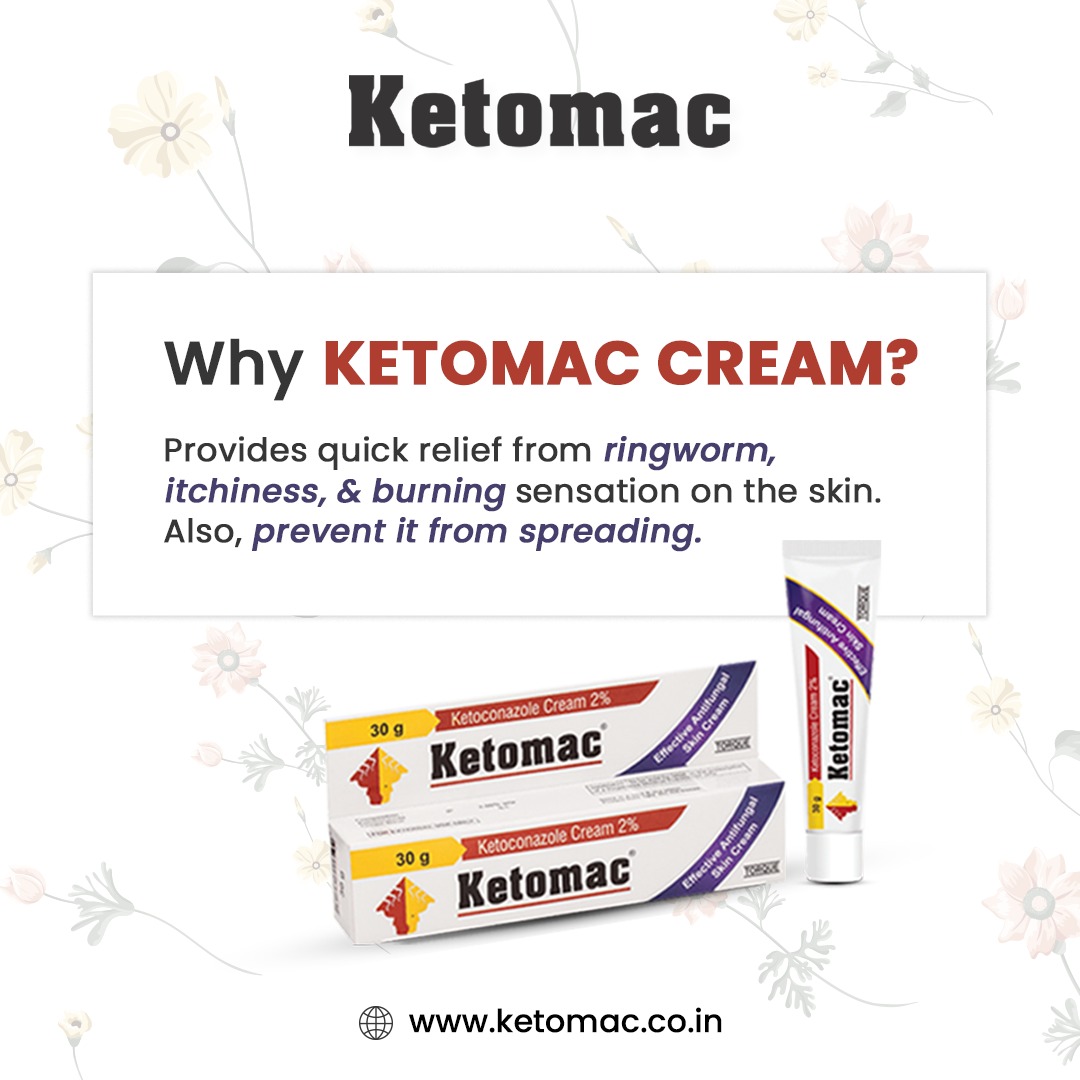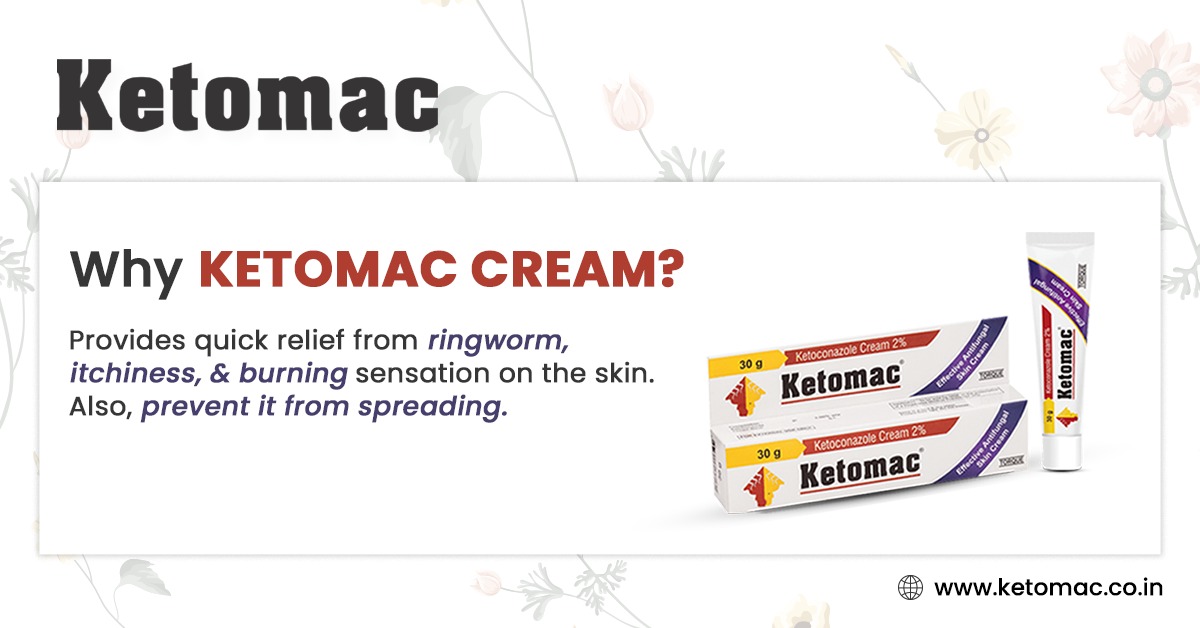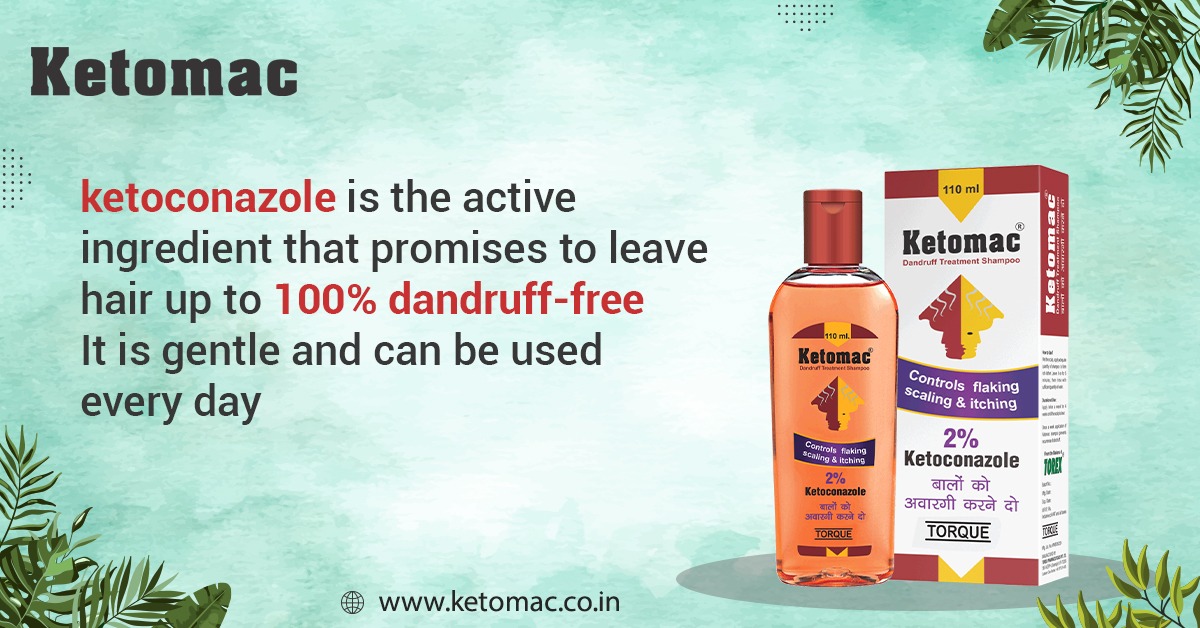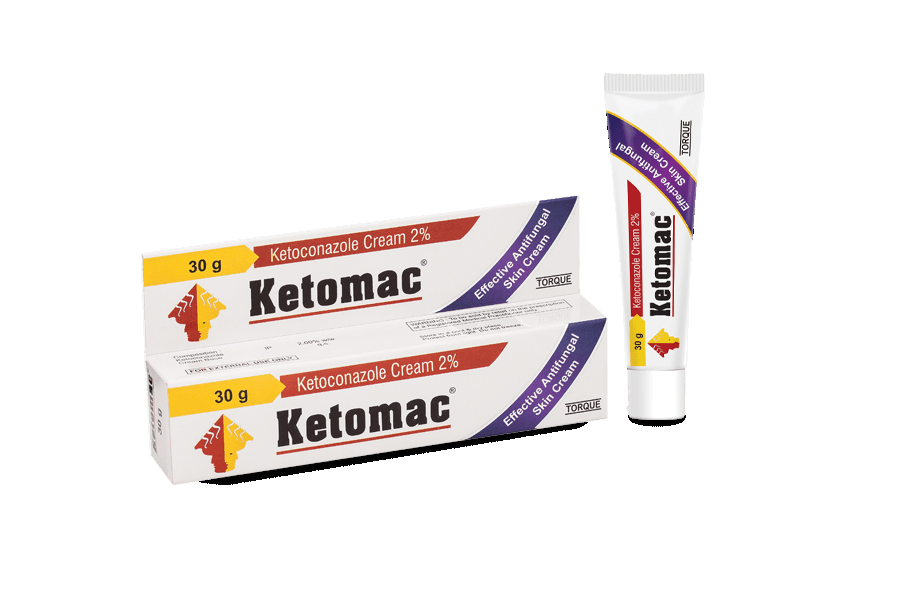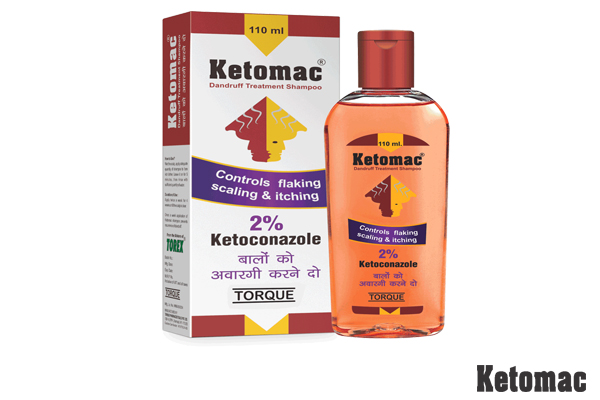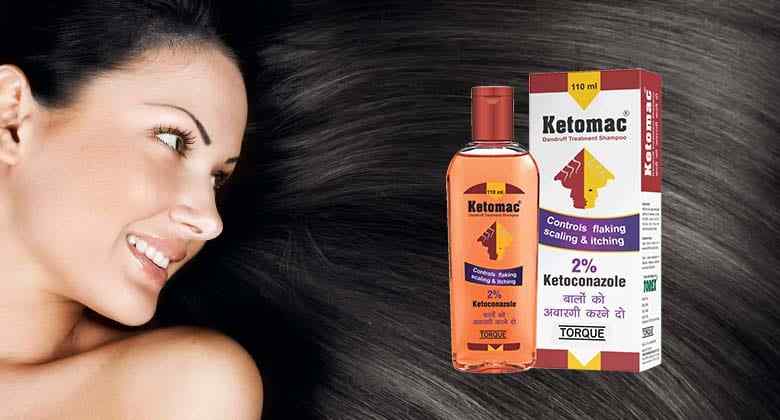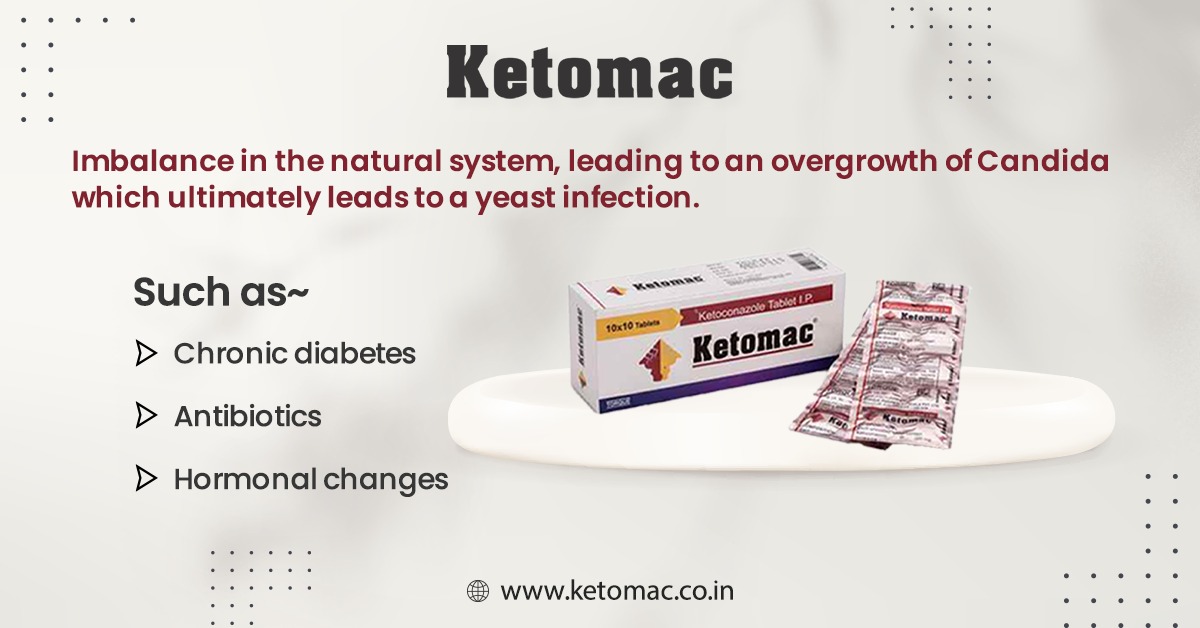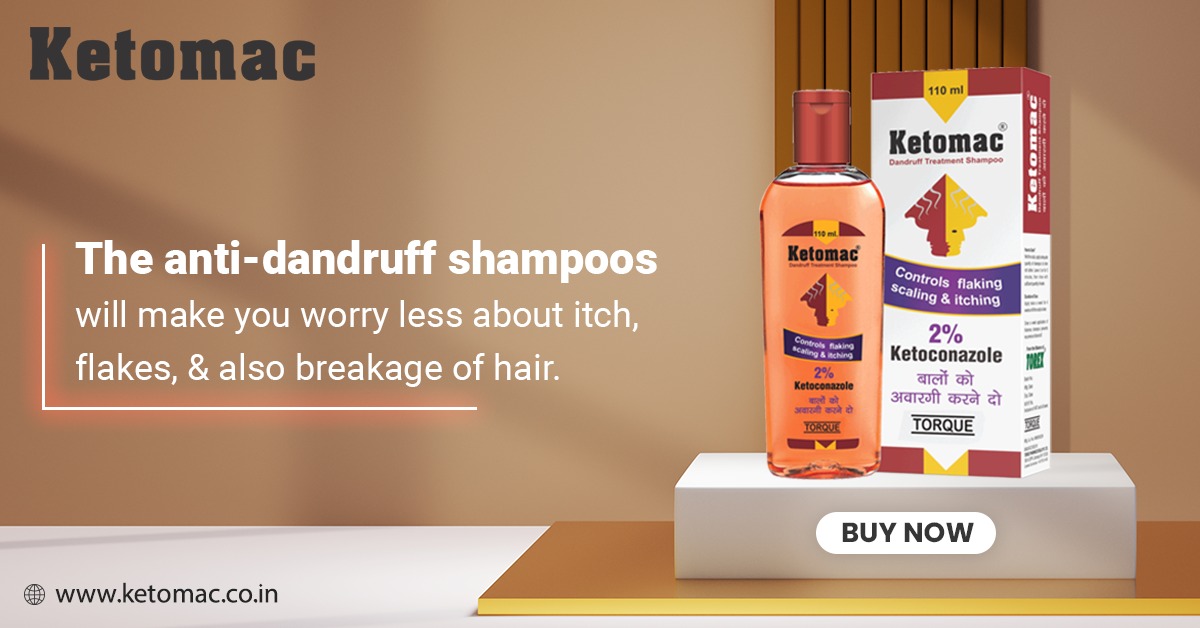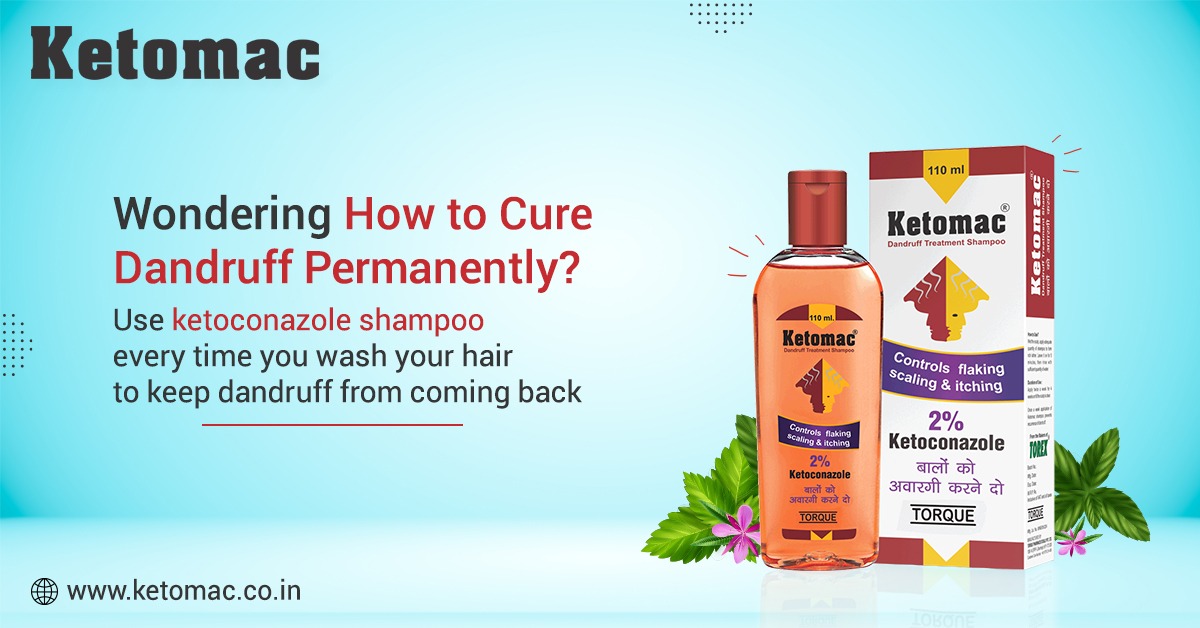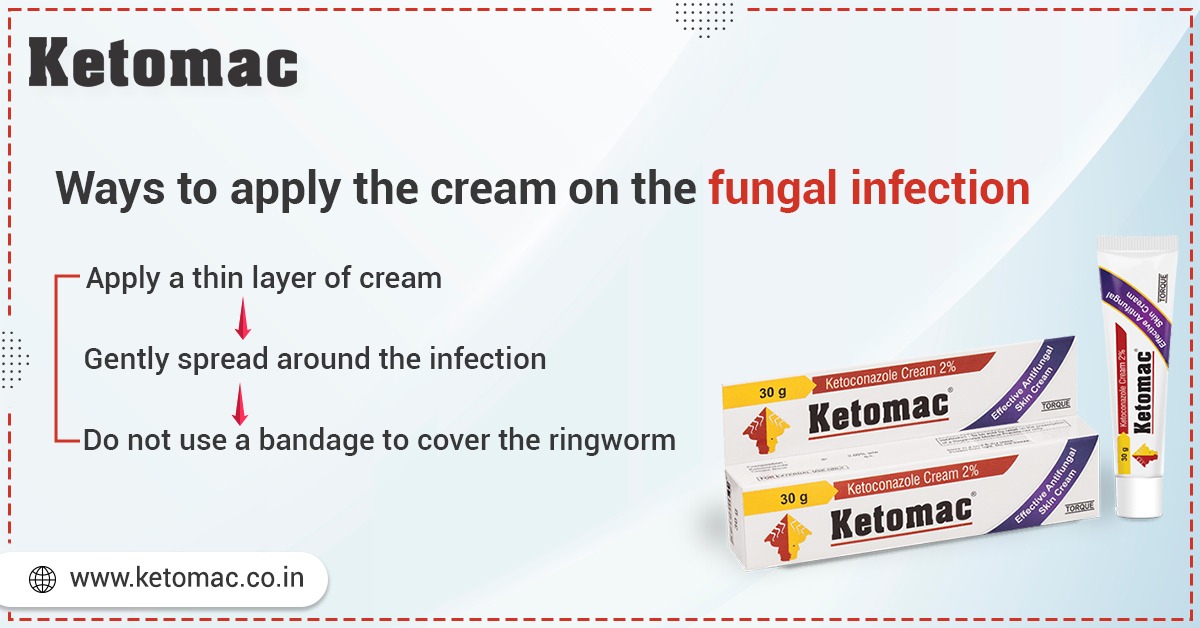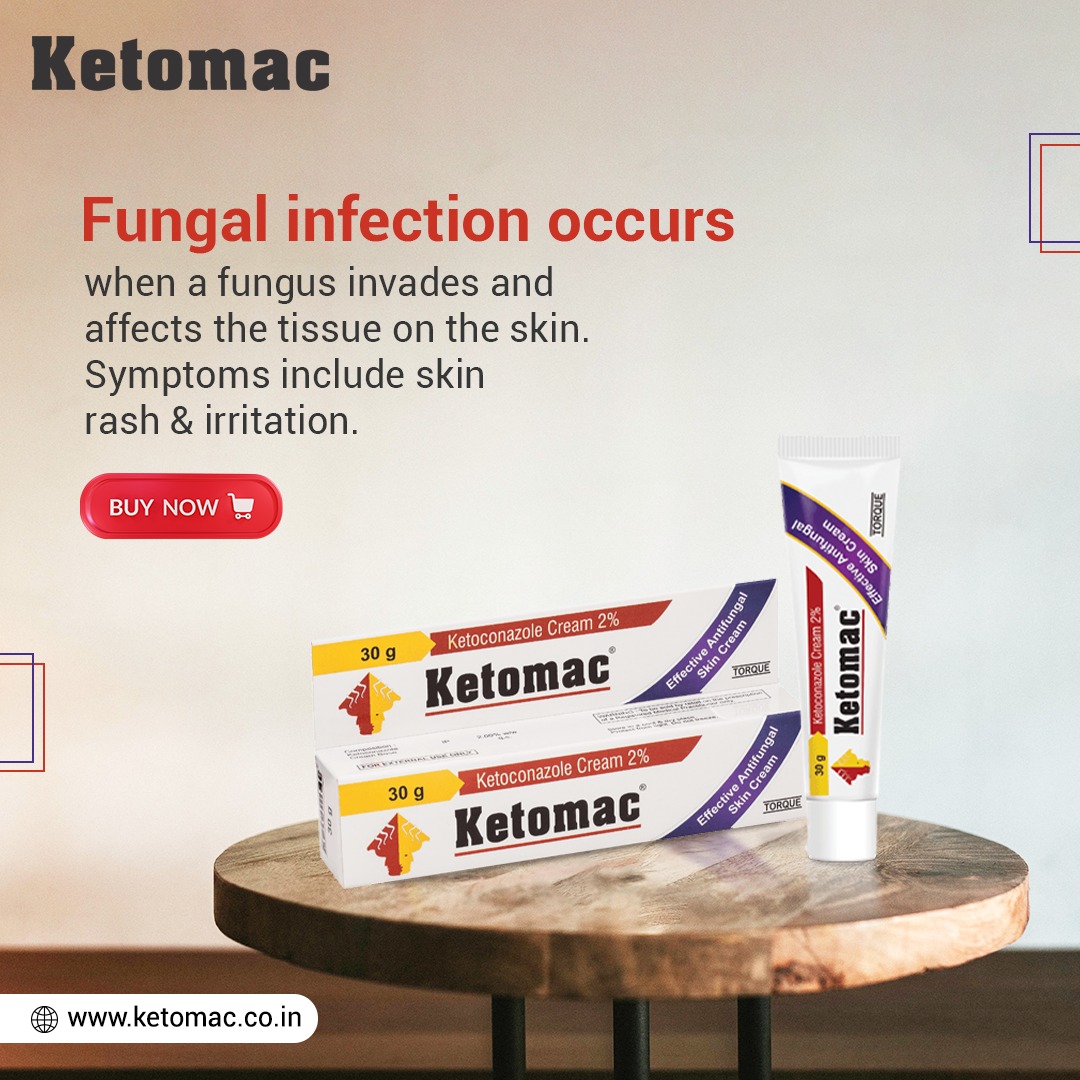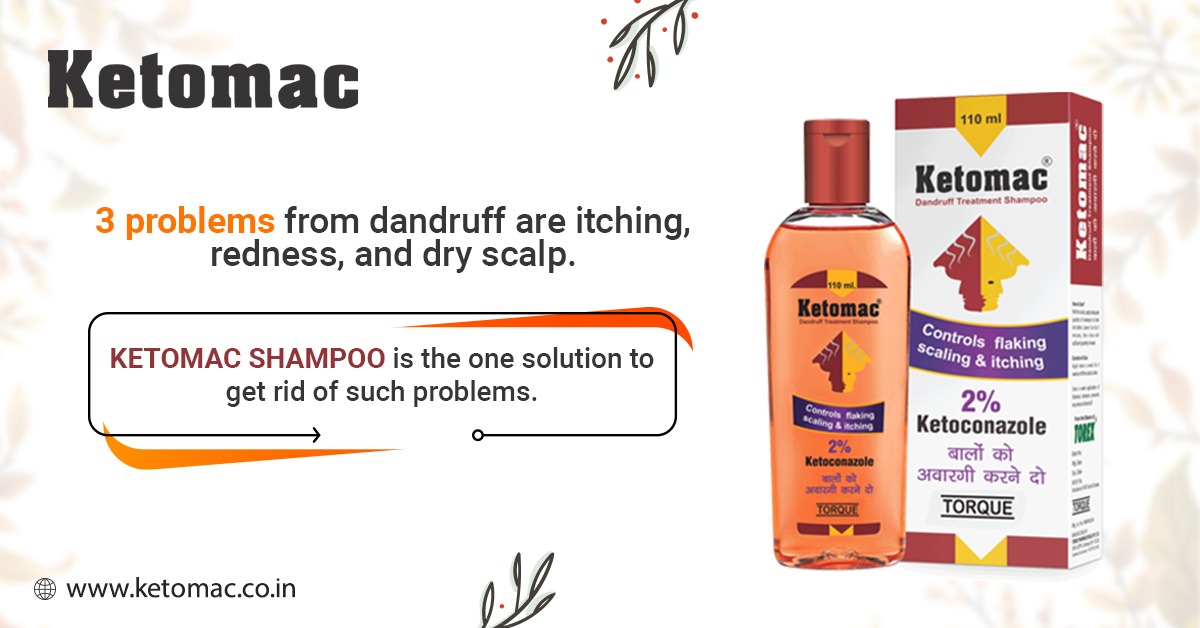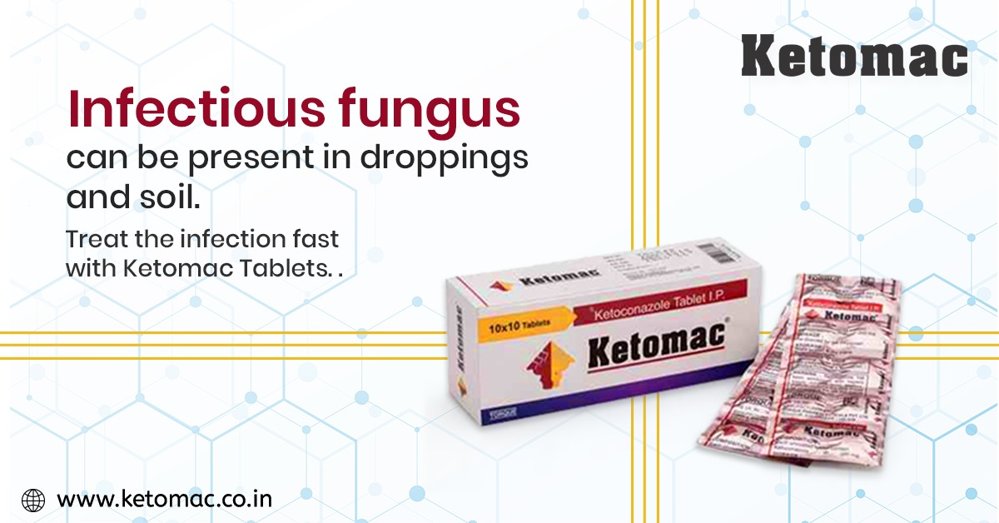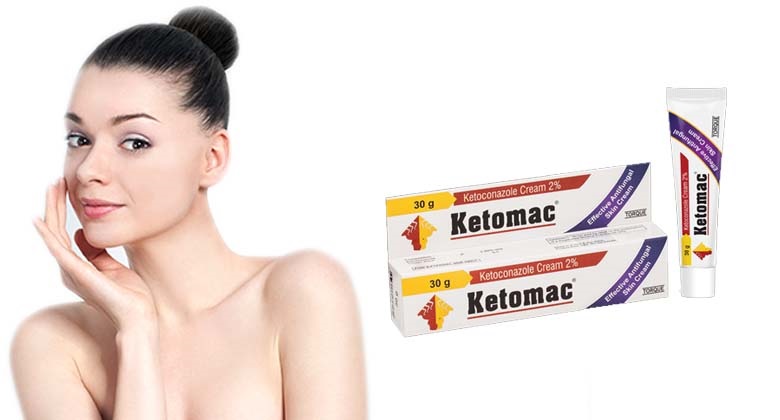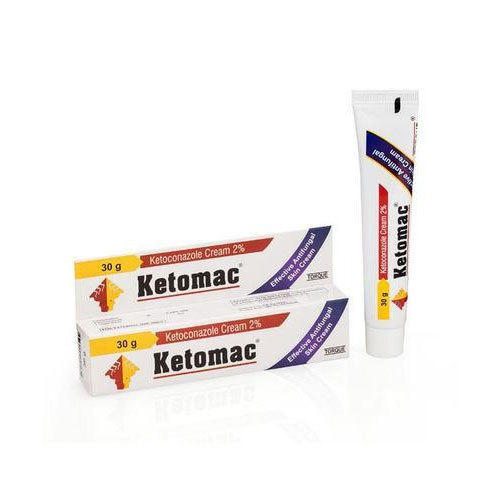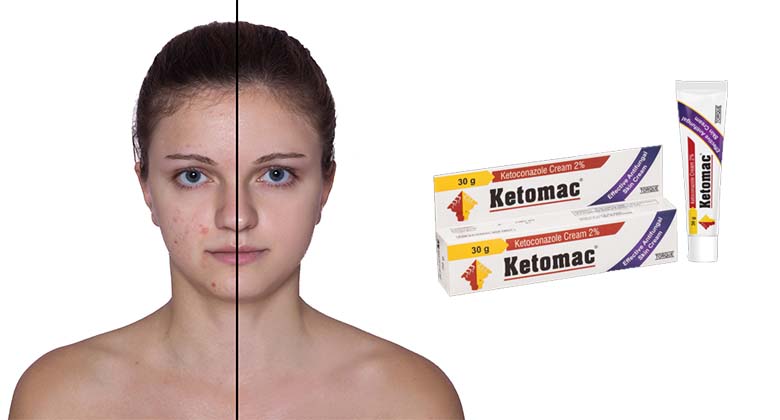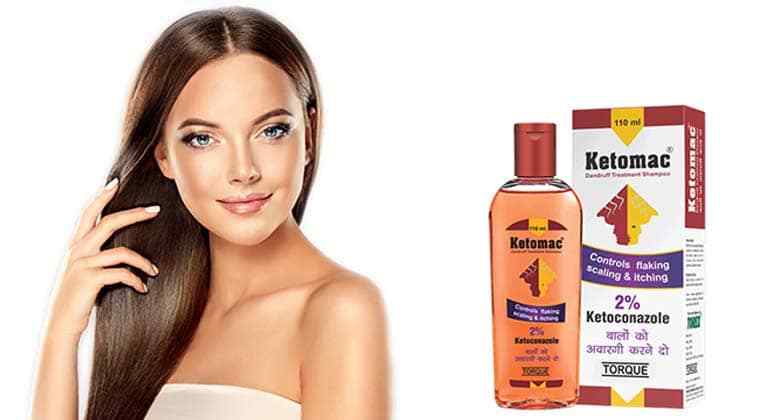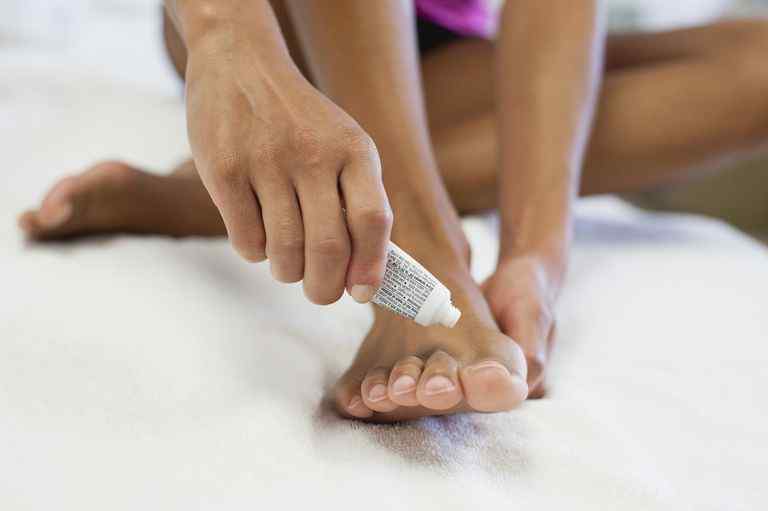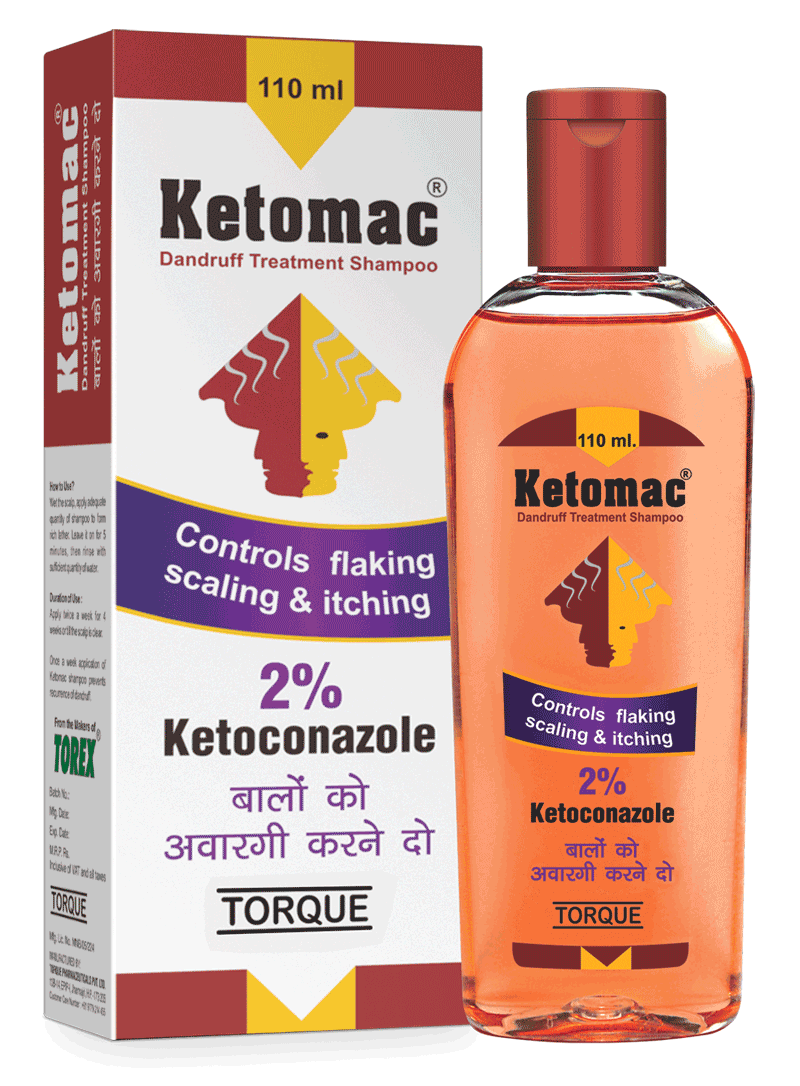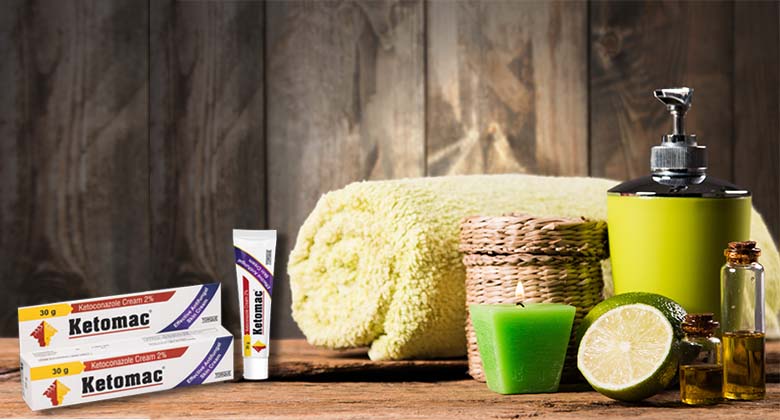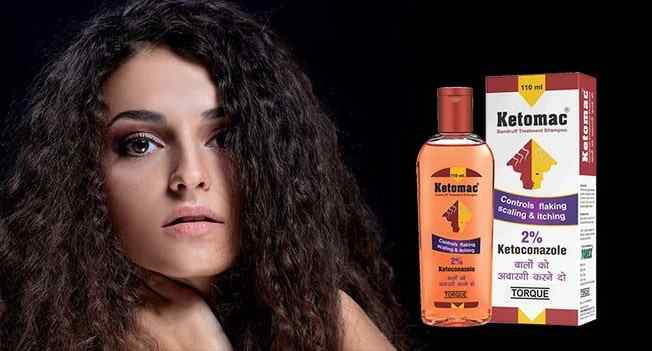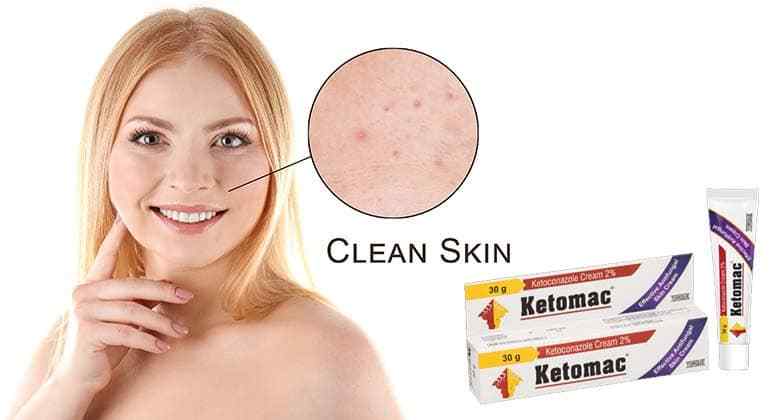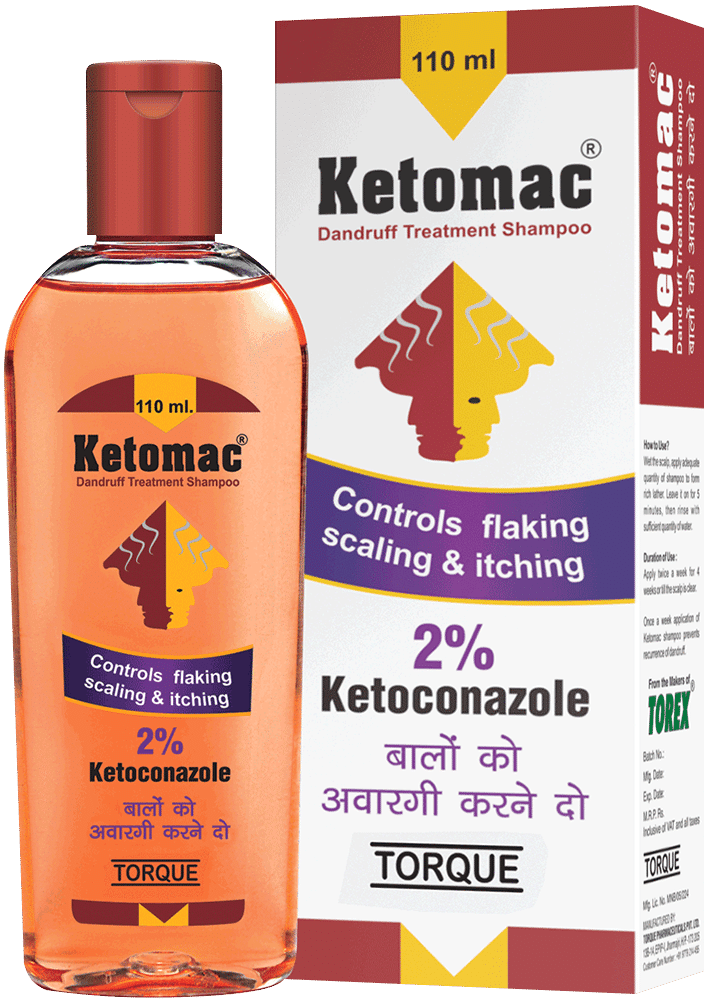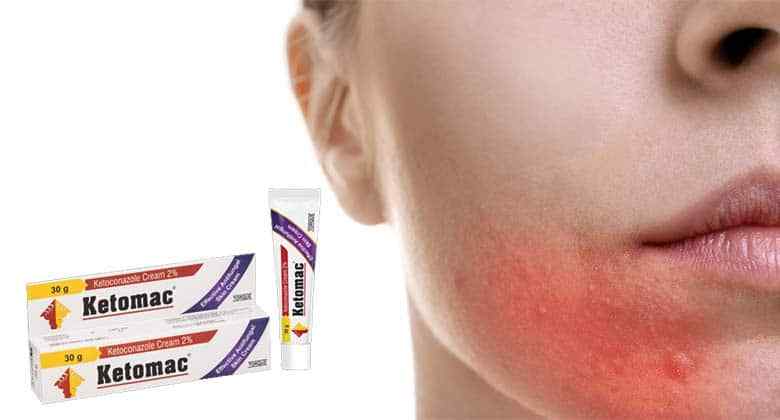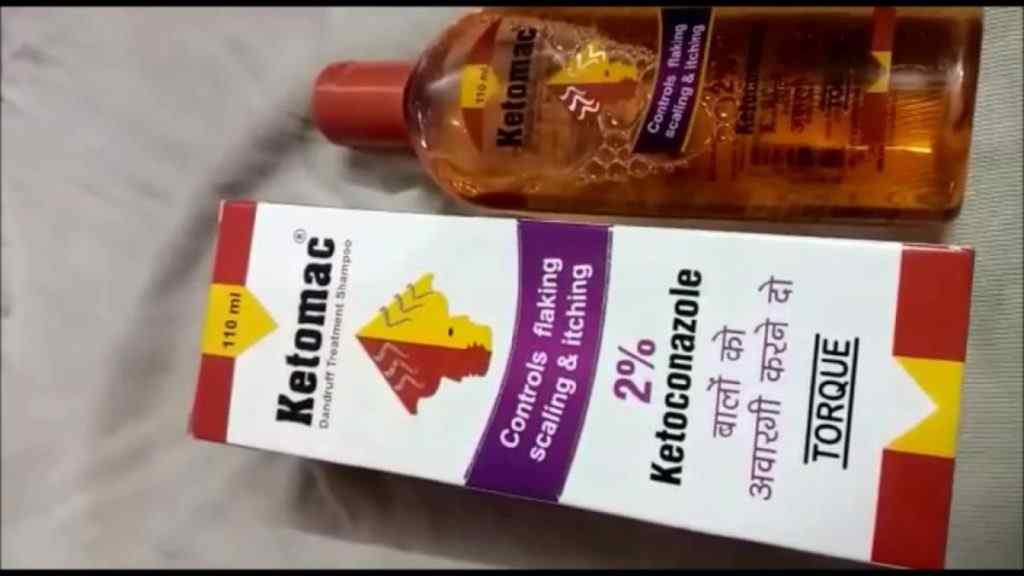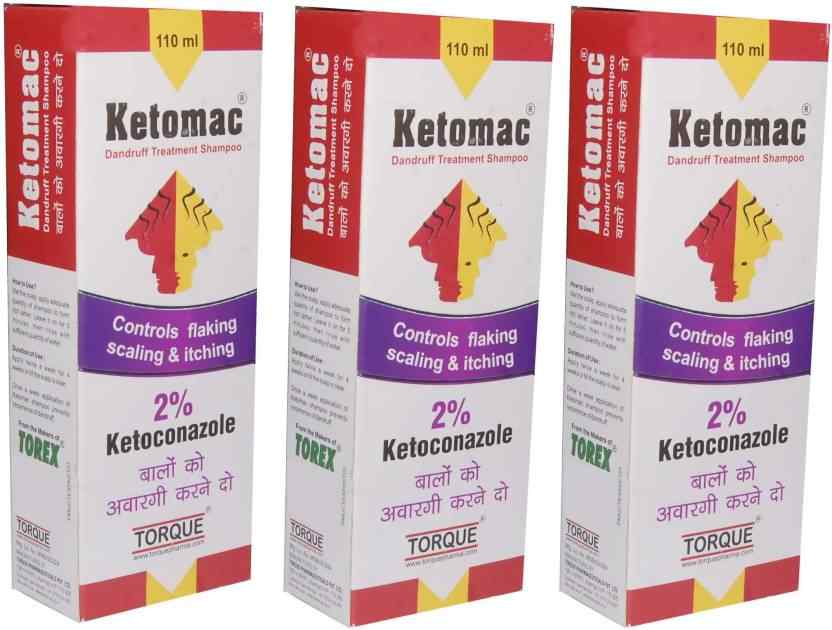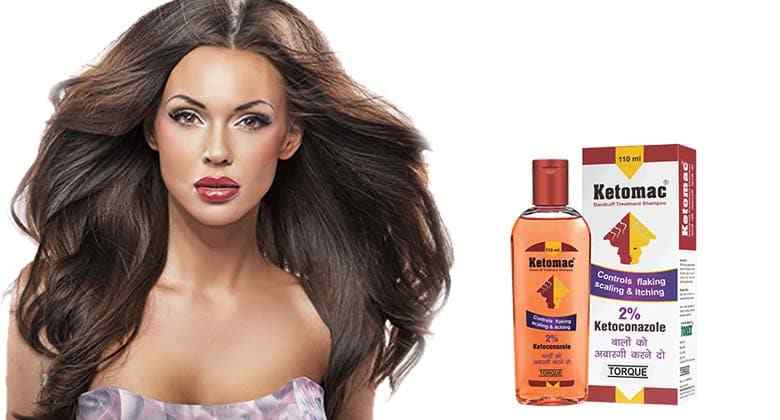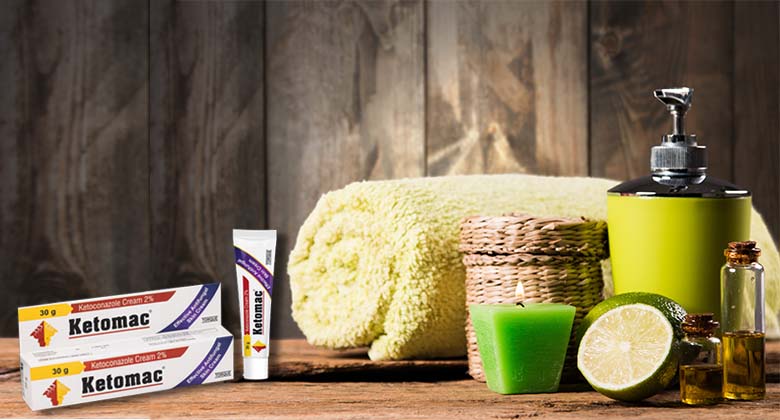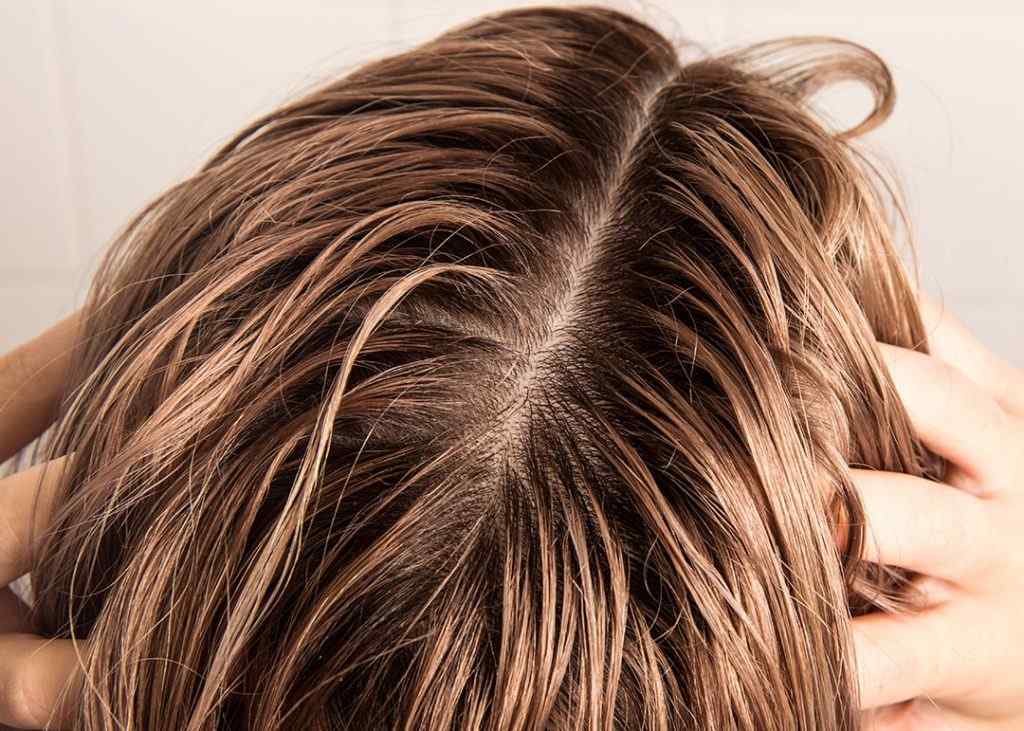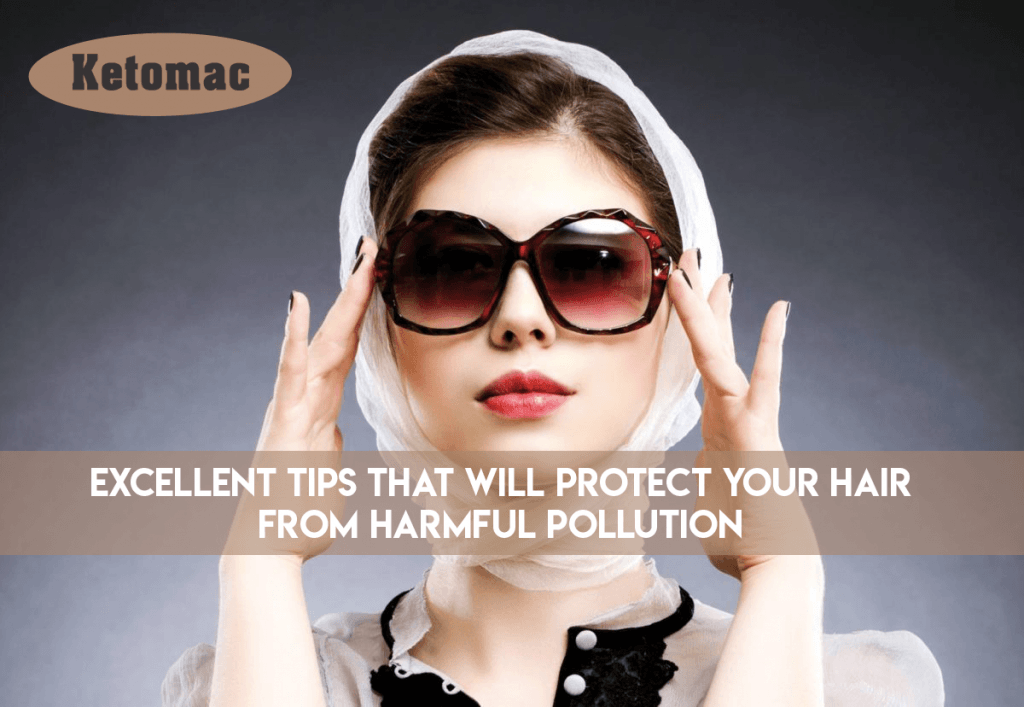There are so many types of skins that you cannot simply apply anything to your skin. Maybe what works wonderfully for others may not work for you. Similarly, what may work for you maybe not be a good option for someone else.
You can always get the best products for everything, like the best cream for fungal infection in India, the best cream for your dry skin, and many other products. So, in this post, you will get to know how you can keep your dry skin in control by following an excellent nighttime skin routine.
Before you even sleep soundly at night, it is crucial to complete your nighttime skincare routine. It is correct, do not allow your head to hit your pillow without cleansing and to moisturize first. As everyone probably already knows, deciding to skip a couple of steps—or even your whole skincare routine—and sleeping in your makeup may lead to clogged pores resulting in blackheads and breakouts. For dry skin especially, it should be clear why it’s well worth it to work your way via every step in your skincare routine before you slip between the sheets.
Forgoing moisturizer at night may head to skin that feels drier in the morning. But preparing your dry skin for bedtime does not need to take up too much of your time. Just follow the below-given nighttime skincare routine for dry skin below.
Use a Facial Cleanser Before You Get to Bed
If you have dry skin, you are probably too familiar with using a facial cleanser that is too harsh for your skin. Reach for the wrong formula, and there is a possibility you will be left with skin that feels tight and uncomfortable—not really what you want to be dealing with right before bed. That’s why it’s best to use a facial cleanser formulated for dry skin.
You need to saturate a cotton pad with the liquid and sweep it over your skin to use it properly. You can even keep the bottle and a couple of cotton pads on your nightstand for easy access, as there is no need to rinse off afterwards. When all is prepared and done, your skin will be left perfectly clean, hydrated, and smooth.
Apply a Pure Facial Oil
If you have not used the facial oil bandwagon yet, you should do it now. You may have been too anxious to use a facial oil in your teenage years, packed with worry overturning your skin into an oil slick, but now that you are older and wiser, you know it will not happen.
Here, remember that a good facial oil doesn’t need to make your skin look greasy. Instead, facial oil may play a crucial part in moisturizing your dry skin. But make sure that you are not putting a lot of oil on your skin. Smooth one on your neck and face, giving your skin a soft, gentle massage as you go.
Use a Scrub
If your skin looks dry and dull, there is mostly one thing to blame: dead skin cells. These cells may construct on the skin’s surface, completely changing the appearance of your complexion. Thankfully, there is a proper and straightforward solution. Once you make up the exfoliating a regular aspect of your skincare routine, it can help slough away dead skin cells from the surface of your skin.
Try a sugar scrub formulated with a naturally derived mix of pure sugars and cocoa, coconut oil, and cocoa-rich butter for your dry skin. Once the scrub ingredient is pure and rich, you will experience only the best experience. For a few nights a week, use your wet fingers to massage the face scrub into your skin, and then you should rinse. Afterwards, dull skin will be polished away, whereas the skin looks more refined and feels softer and smoother.
Toner
For hydrating your skin, a good and quality toner works like the best product. It is even rich in essential elements like Alpha-hydroxy acids or Niacinamide. Toners are even used in cleaning makeup. It helps you in clearing the pores, hence, diminishing acne. It also helps in eradicating dead skin cells. Hence, once you use the right toner, you can ensure that you are on the right track for your dry skin.
Wash Your Face with Water
Before you do anything else or apply anything to your face, clean your face with water. Many women mistake putting the cream, lotion, mask, or even oil on their face without cleaning the face. Of course, what is the point if your face is dotted with dust, Filth, and germs? You may mix the cream or lotion you put on your face with the dust already residing on your face.
Here, if you clean up your face with fresh water before putting anything on your face, you ensure that your face surface is clean and free of germs. But make sure that some products demand that your face be wet while others demand that your face be dry before you put the product. Here, dry up your face properly before putting any product on your skin that demands a dry surface.
Quick tips for your dry skin
- Make sure that you use face oil that will help in hydrating the skin and make your skin brighter.
- Practice exfoliation two times a week to remove dead skin cells. After all, your dead skin does play a role in keeping your skin rough and dull.
- Use overnight masks to ensure that you make your skin more toned. Since you do hardly any movement when you sleep, your skin gets the best treatment through the mask.
- There is stress, but you can always try to feel less stressed. And stress is bad for your skin. So, even if you have ever visited a dermatologist, they might have also told you that stress is no good for your skin.
Once you follow these tips religiously, you will experience the best outcomes. Your skin will stay safe and guarded. Only a few efforts every day, and you can be sure that nothing is troubling your skin. Many people never really go to any salon or do anything extra to keep their skin in the best shape. They follow a strict yet mild skincare regime for their dry skin and ensure that their skin is the best.
Conclusion
Since you get antifungal and antibacterial cream for your fungal issues, you also get the exact skincare products for your dry skin. Ensure that you keep the best regime for your skin and ensure soft and smooth skin.



